

Date Issued: 30
September 2013
Latest version:
http://www.imsglobal.org/lis/
IPR and
Distribution Notices
Recipients of
this document are requested to submit, with their comments, notification of any
relevant patent claims or other intellectual property rights of which they may
be aware that might be infringed by any implementation of the specification set
forth in this document, and to provide supporting documentation.
IMS takes no
position regarding the validity or scope of any intellectual property or other
rights that might be claimed to pertain to the implementation or use of the
technology described in this document or the extent to which any license under
such rights might or might not be available; neither does it represent that it
has made any effort to identify any such rights. Information on IMS’s
procedures with respect to rights in IMS specifications can be found at the IMS
Intellectual Property Rights web page: http://www.imsglobal.org/ipr/imsipr_policyFinal.pdf.
Copyright ©
2013 IMS Global Learning Consortium. All Rights Reserved.
Use of this
specification to develop products or services is governed by the license with
IMS found on the IMS website: http://www.imsglobal.org/license.html.
Permission is
granted to all parties to use excerpts from this document as needed in
producing requests for proposals.
The limited
permissions granted above are perpetual and will not be revoked by IMS or its
successors or assigns.
THIS
SPECIFICATION IS BEING OFFERED WITHOUT ANY WARRANTY WHATSOEVER, AND IN
PARTICULAR, ANY WARRANTY OF NONINFRINGEMENT IS EXPRESSLY DISCLAIMED. ANY USE OF
THIS SPECIFICATION SHALL BE MADE ENTIRELY AT THE IMPLEMENTER'S OWN RISK, AND
NEITHER THE CONSORTIUM, NOR ANY OF ITS MEMBERS OR SUBMITTERS, SHALL HAVE ANY
LIABILITY WHATSOEVER TO ANY IMPLEMENTER OR THIRD PARTY FOR ANY DAMAGES OF ANY
NATURE WHATSOEVER, DIRECTLY OR INDIRECTLY, ARISING FROM THE USE OF THIS
SPECIFICATION.
c.
Nomenclature
d.
References
b.
Data for the Service Operations
d.
File-based Exchange Data Model
a.
Overview
b.
Messages
This document
is a part of the IMS Global Person Management Service (PMS) v2.0 specification.
The binding details how the Person Management Service Information Model is
realised as a Web Service; in the form of a Web Services Description Language
(WSDL) file. The PMS binding is contained in a set of WSDL, XSD and vocabulary
files. The vocabulary files are instances of the IMS Vocabulary Definition
Exchange specification [VDEX, 04a], [VDEX, 04b]. The IMS Global Learning Information Services
(LIS) Best Practice and Implementation Guide [LIS, 13b]
provides non-normative guidance on how to use the Binding and Information
Model. For a conceptual overview of the LIS Specification, please see the
overall services description [LIS, 13a]. For a
discussion of potential applications, see the Best Practice Guide.
The IMS Global PMS
WSDL Binding v2.0 is used in conjunction with the following documents:
As such the
Person Management Services specification supersedes the original Enterprise
Services specifications:
This WSDL
binding takes the Membership Management Service Information Model and produces
an encoding of that description in WSDL. This WSDL binding is generated as
recommended by the IMS Global General Web Services documents [GWS,
06a], [GWS, 06b]. The WSDL is created using the
IMC GLC Binding Auto-generation Tool-kit (I-BAT) [I-BAT,
06].
The structure
of this document is:
|
2. Platform Specific Model of the Binding |
The description platform specific models in the form of the IMS
GLC UML-Profile service/data models representation of the IMS Global PMS
specification information model. This representation is used by the IMS Global
I-BAT tool to auto-generate the corresponding WSDL/XSDs; |
|
3. Application of the Binding Guidelines |
Explanation of how the platform specific model is realised as
the WSDL/XSD binding. This addresses how the information model is realised as
a Web Service; |
|
4. WSDL File Documentation |
The description of the Web Services used to realise the service
model components of the binding. This part of the binding document was
created using the schema documentation tool provided as part of the Oxygen
12.2 product; |
|
5. XSD File Documentation |
The description of the elements used within the data model
components of the binding. This part of the binding document was created
using the schema documentation tool provided as part of the Oxygen 12.2
product; |
|
6. Binding of the Vocabularies |
Contains the description of how the set of external vocabulary
files realised as VDEX files; |
|
Appendix A - Listing of the WSDL Files |
This is the full listing of the PMS WSDL files; |
|
Appendix B - Listing of the XSD Files |
This is the full listing of the PMS XSD files; |
|
Appendix C - Vocabulary VDEX Instance File Listings |
This is the full listing of the set of external vocabulary VDEX
instance files; |
|
Appendix D - Examples SOAP Messages |
Examples of the SOAP messages that are exchanged to realise the
service. |
|
HTTP |
HyperText Transfer Protocol |
|
I-BAT |
IMS Global Binding Auto-generation Tool-kit |
|
IMS Global |
IMS Global Learning Consortium |
|
LIS |
Learning Information Services |
|
MDA |
Model Driven Architecture |
|
PIM |
Protocol Independent Model |
|
PMS |
Person Management Service |
|
PSM |
Platform Specific Model |
|
UML |
Unified Modelling Language |
|
VDEX |
Vocabulary Definition Exchange |
|
W3C |
World Wide Web Consortium |
|
WSDL |
Wed Services Description Language |
|
XMI |
XML Meta-data Interchange |
|
XML |
Extensible Mark-up Language |
|
XSD |
XML Schema Definition |
|
XSL |
Extensible Stylesheet Language |
|
XSLT |
XSL Transformations |
|
IMS Global General Web Services Base Profile Specification Final
Release v1.0, C.Schroeder, J.Simon and C.Smythe, IMS Global Learning
Consortium, January 2006. |
|
|
IMS Global General Web Services WSDL Binding Guidelines Final
Release v1.0, C.Schroeder, J.Simon and C.Smythe, IMS Global Learning
Consortium, January 2006. |
|
|
IMS Binding Auto-generation Toolkit Manual v1.0, C.Smythe, IMS
Global Learning Consortium, July 2006. |
|
|
IMS Global Learning Information Services Specification v2.0.1 Final
Release, L.Feng, B.Lee and C.Smythe, IMS Global Learning Consortium,
September 2013. |
|
|
IMS Global Learning Information Services Best Practice and
Implementation Guide v2.0.1 Final Release, L.Feng, B.Lee and C.Smythe, IMS
Global Learning Consortium, September 2013. |
|
|
IMS Global Person Management Services Information Model
Specification Final Release v1.0, C.Vento and C.Smythe, IMS Global Learning
Consortium, June 2004. |
|
|
IMS Global Person Management Services WSDL Binding Specification
Final Release v1.0, C.Vento and C.Smythe, IMS Global Learning Consortium,
June 2004. |
|
|
IMS Global Person Management Services Information Model
Specification v2.0.1 Final Release, L.Feng, B.Lee and C.Smythe, IMS Global
Learning Consortium, September 2013. |
|
|
[SDN11, 06] |
IMS Global Specification Note 11: Vocabulary Definition,
Registration & Maintenance Procedures, C.Smythe, IMS Global Learning
Consortium, October 2006. |
|
IMS Vocabulary Definition Exchange Information Model
Specification Final Release v1.0, A.Cooper, IMS Global Learning Consortium,
February 2004. |
|
|
IMS Vocabulary Definition Exchange XML Binding Specification
Final Release v1.0, A.Cooper, IMS Global Learning Consortium, February
2004. |
Figure 2.1 is
the PSM of the service group model description for the PMS. This information is
used to establish the mapping to the binding flavors of WSDL.

Figure 2.1 The PSM representation of the
service group model description for the GMS.
Figure 2.2 is
the PSM of the service model description for the GMS. The PSM is derived from
the Platform Independent Model that was documented within the information model
for the PMS specification [PMS, 13].

Figure 2.2 The PSM representation of the
service model description for the PMS.
The data model
for the service operations is shown in Figure 2.3 and 2.4. Figure 2.3 shows the
data models for the set of parameters. Figure 2.4 is the data model for the
Status Information and other WSDL-specific binding data structures.
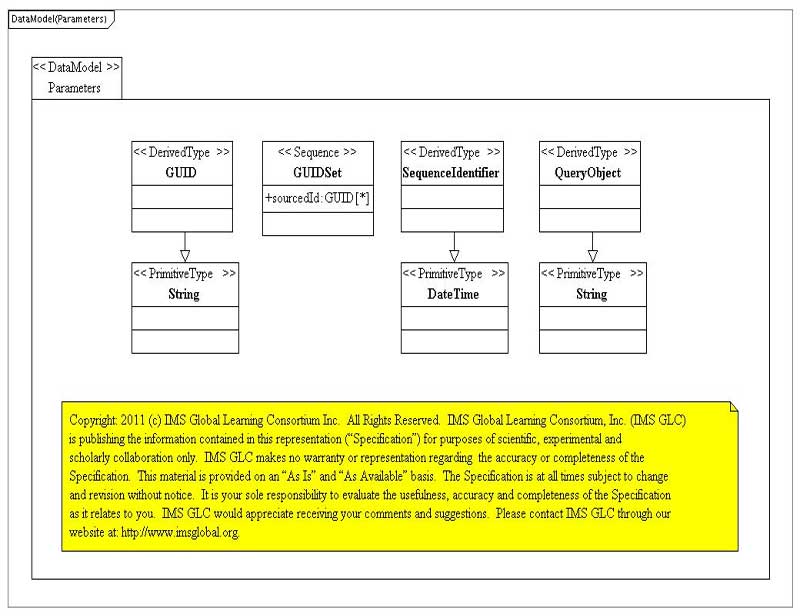
Figure 2.3 The PSM representation of the
parameters data model description for the PMS.

Figure 2.4 The PSM representation of the
status information data model description for the PMS.
The PSM for the
Person data models are shown in Figures 2.5, 2.6, 2.7, 2.8, 2.9, 2.10, 2.11,
2.12 and 2.13. Figure 2.5 is the Person data model, Figure 2.6 the FormName
data model, Figure 2.7 is the NAme data model, Figure 2.8 is the Address data
model, Figure 2.9 is the ContactInfo data model, Figure 2.10 is the Demographics
data model, Figure 2.11 is the Enterprise Roles data model, Figure 2.12 is the
Agent data model and Figure 2.13 contains the set of common data model classes.
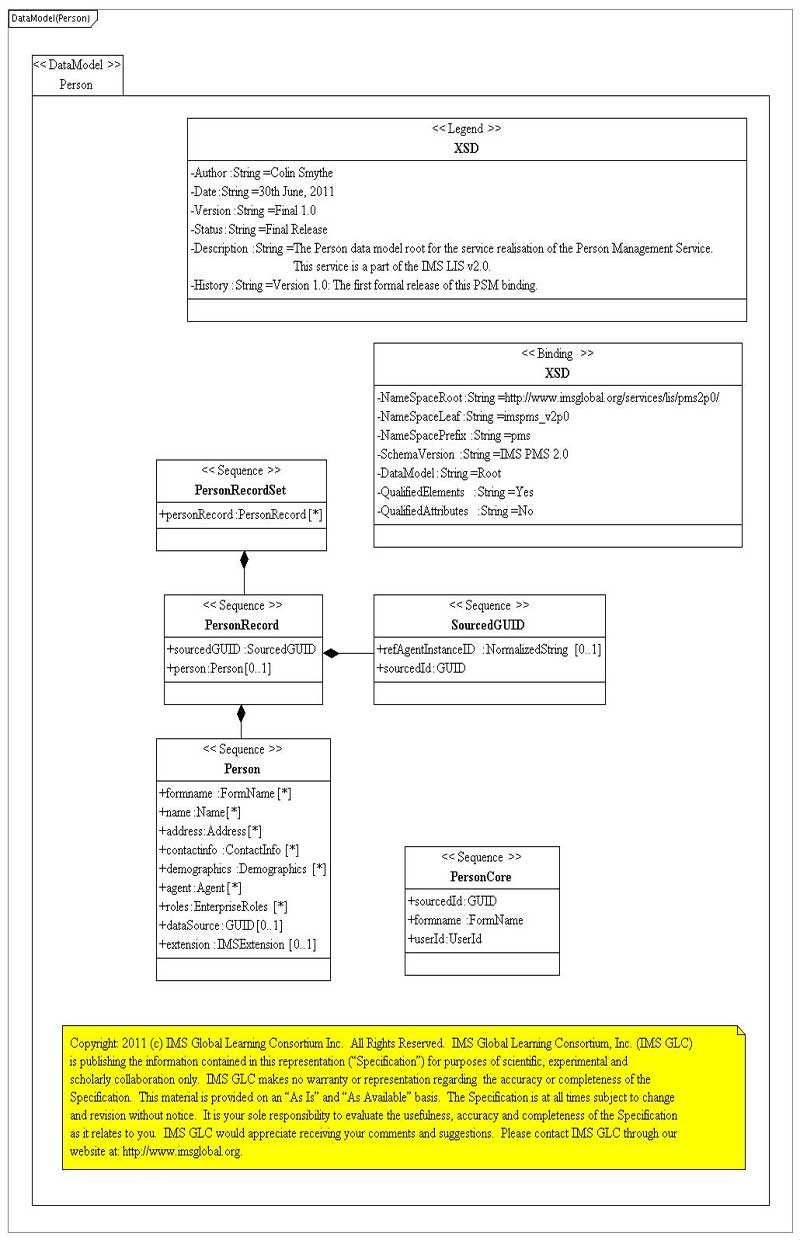
Figure 2.5 The PSM representation of the
Person data model description for the PMS.
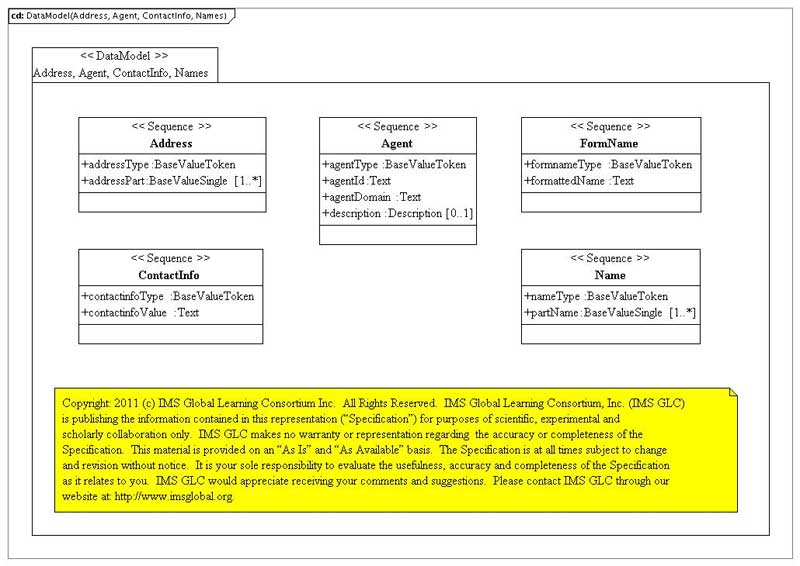
Figure 2.6 The PSM representation of the
Address, Agent, ContactInfo and Names data model description for the PMS.
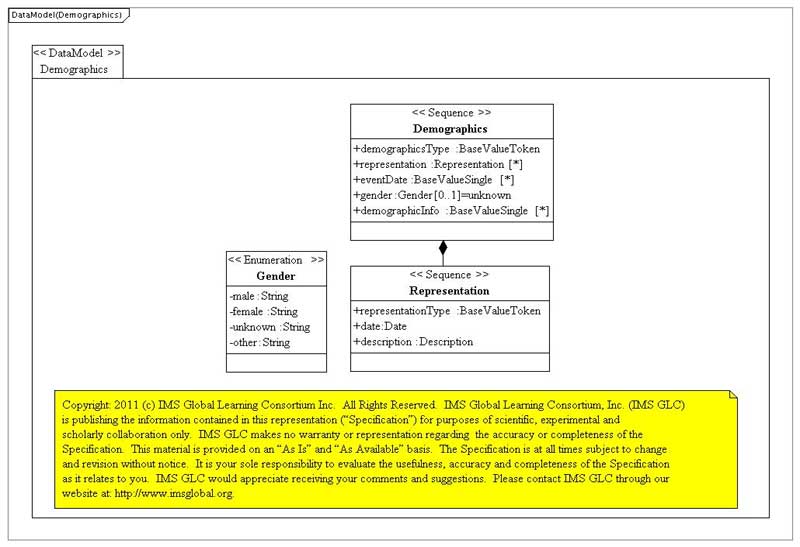
Figure 2.7 The PSM representation of the
Demographics data model description for the PMS.
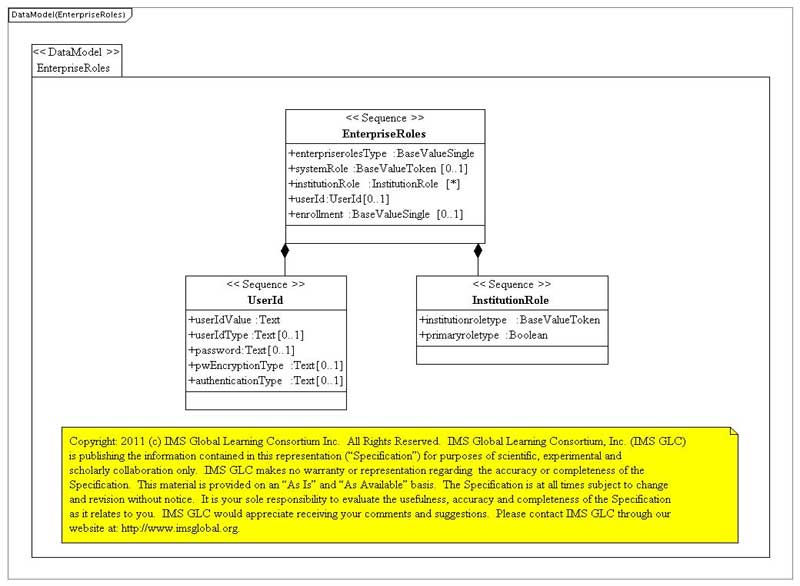
Figure 2.8 The PSM representation of the
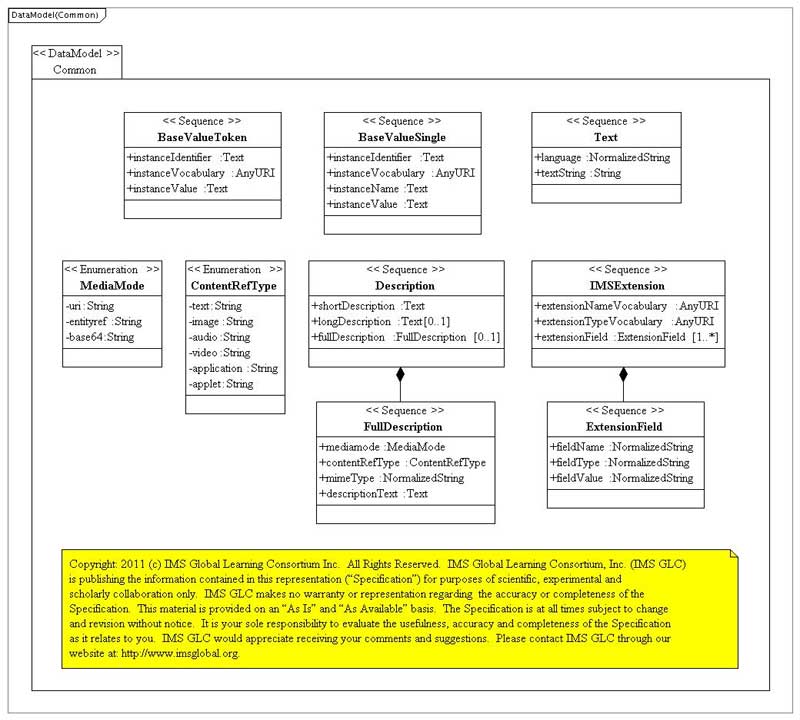
Figure 2.9 The PSM representation of the
common data models description for the PMS.
The PSM for the
file-based Person data models are shown in Figures 2.10, 2.11, 2.12, 2.13 and 2.14.
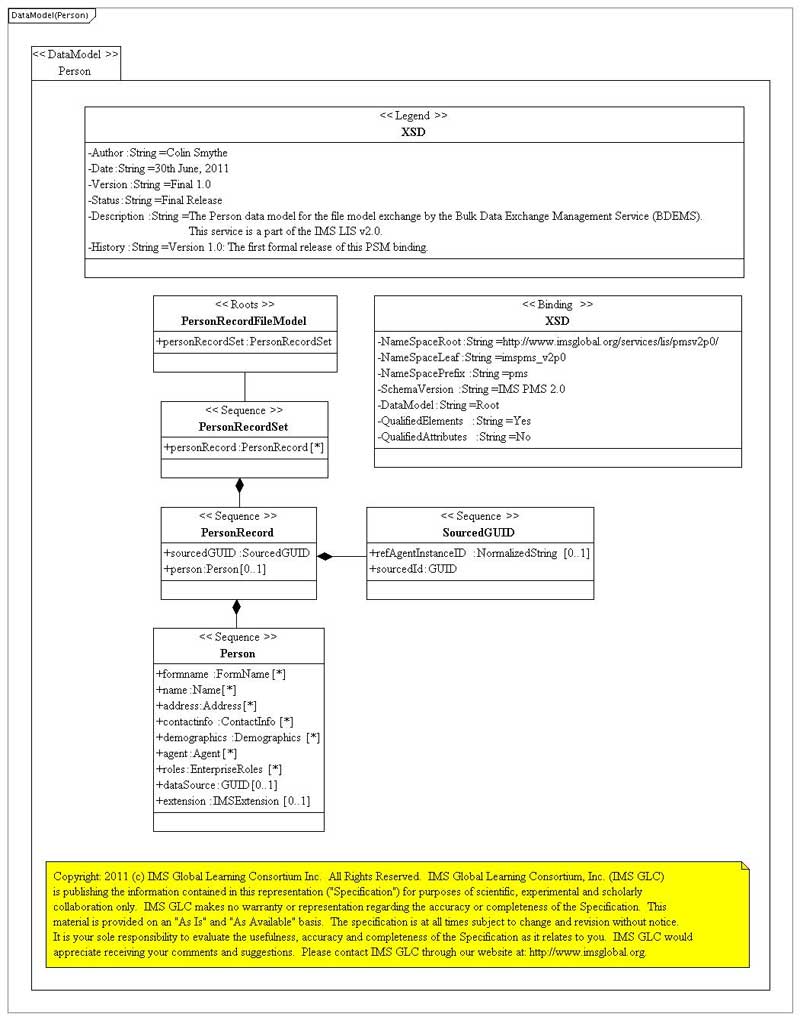
Figure 2.10 The PSM representation of the
PersonRecord data model description for file storage in the PMS.
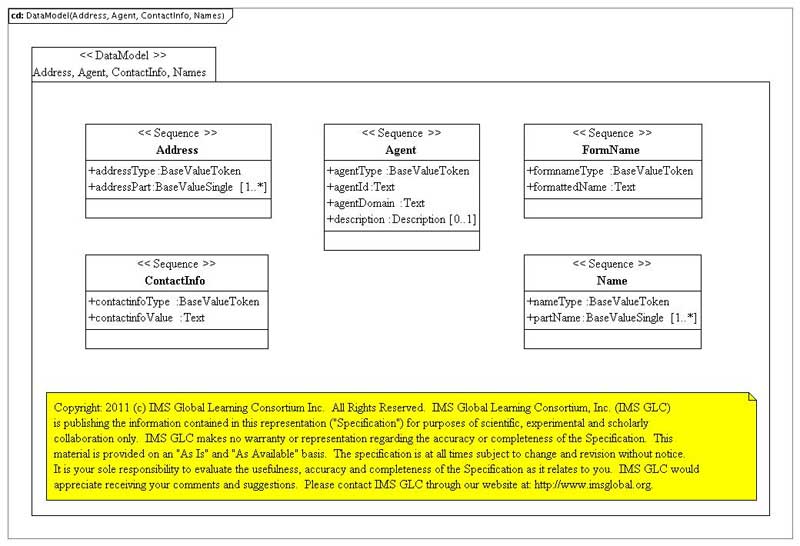
Figure 2.11 The PSM representation of the
Address, Agent, ContactInfo, Names data model description for file storage in
the PMS
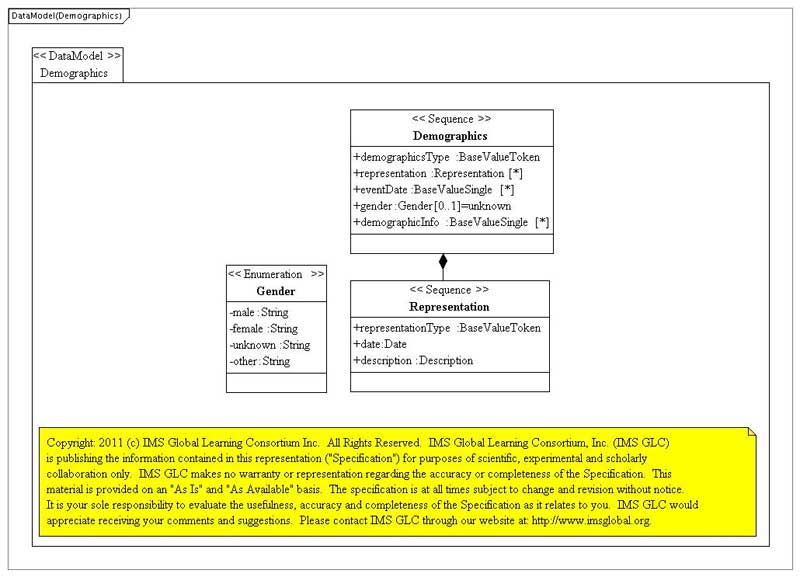
Figure 2.12 The PSM representation of the
Demographics data model description for file storage in the PMS
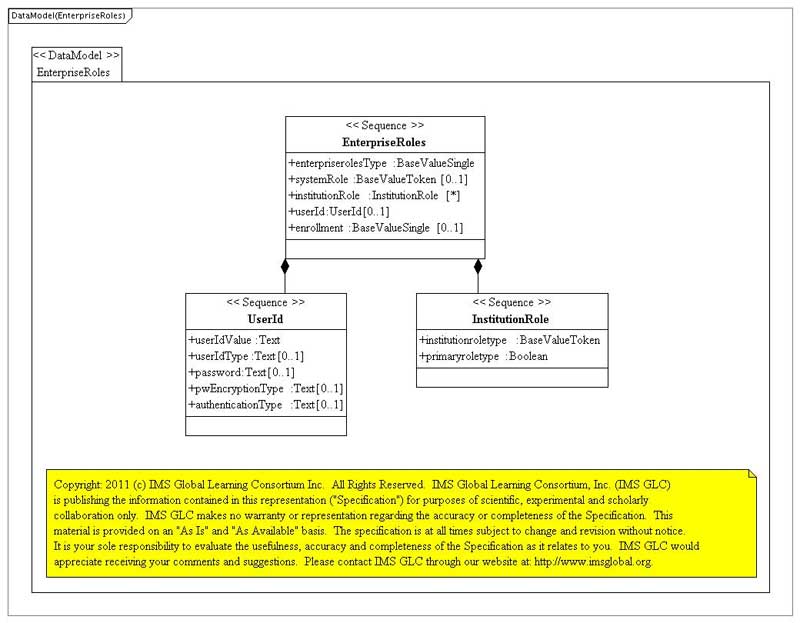
Figure 2.13 The PSM representation of the
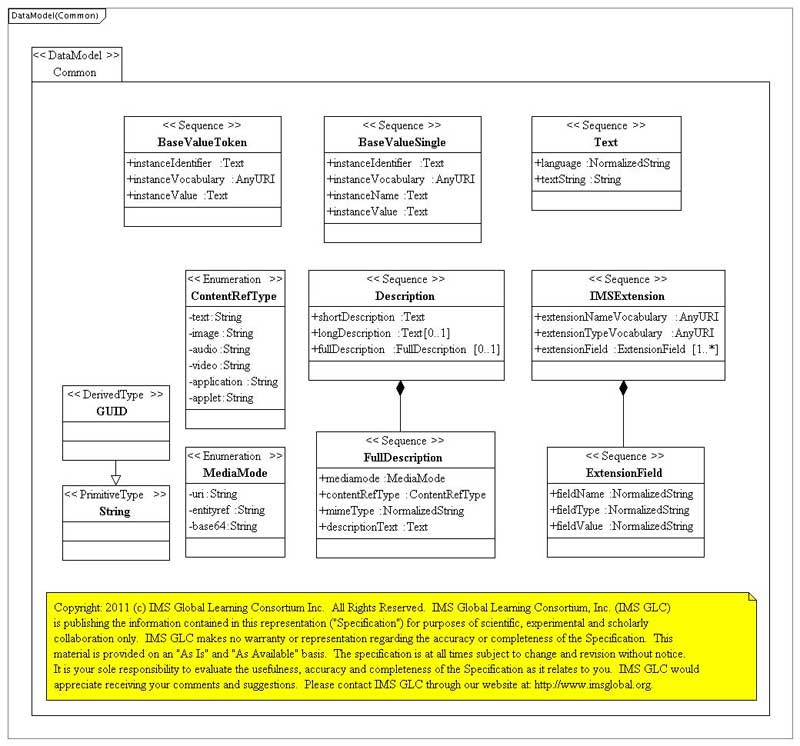
Figure 2.14 The PSM representation of the
common data model descriptions for file storage in the PMS.
The WSDL/XSD
bindings have been generated using the methodology documented in [GWS 06a] and [GWS, 06b]. Only
the synchronous service binding has been created. The binding files are
available in two forms:
It is recommended
that only the combined form is used (many WSDL-based code generation tools do
not process the 'import' instructions).
The mapping
between the PIM and PSM descriptions is detailed in Table 3.1.
Table 3.1 Mapping between the PIM, PSM and XSD
descriptions for the data models.
|
PSM Reference |
PIM Reference |
XSD Reference |
||||
|
Name |
UML Type |
Figure |
Type |
Table |
Name |
Type |
|
PersonRecordSet |
Class |
2.5 |
– |
– |
PersonRecordSet.Type |
ComplexType |
|
Attribute |
2.5 |
PersonRecord |
5.3 |
personRecord |
Element |
|
PersonRecord |
Class |
2.5 |
– |
5.4 |
GroupRecord.Type |
ComplexType |
|
Attribute |
2.5 |
GUID |
5.5 |
sourcedGUID |
Element |
|
Attribute |
2.5 |
Person |
– |
person |
Element |
|
SourcedGUID |
Class |
2.5 |
TBD. |
5.6 |
SourcedGUID.Type |
ComplexType |
|
Attribute |
2.5 |
NormalizedString |
5.7 |
refAgentInstanceId |
Element |
|
Attribute |
2.5 |
SourcedId |
5.8 |
sourcedId |
Element |
|
Person |
Class |
2.5 |
– |
5.9 |
Person.Type |
ComplexType |
|
Attribute |
2.5 |
FormName |
5.10 |
formname |
Element |
|
Attribute |
2.5 |
Name |
5.11 |
name |
Element |
|
Attribute |
2.5 |
Address |
5.12 |
address |
Element |
|
Attribute |
2.5 |
ContactInfo |
5.13 |
contactinfo |
Element |
|
Attribute |
2.5 |
Demographics |
5.14 |
demographics |
Element |
|
Attribute |
2.5 |
Agent |
5.15 |
agent |
Element |
|
Attribute |
2.5 |
EnterpriseRoles |
5.16 |
roles |
Element |
|
Attribute |
2.5 |
GUID |
5.17 |
dataSource |
Element |
|
Attribute |
2.5 |
IMSExtension |
5.18 |
extension |
Element |
|
FormName |
Class |
2.6 |
– |
5.19 |
FormName.Type |
ComplexType |
|
Attribute |
2.6 |
BaseValueToken |
5.20 |
formnameType |
Element |
|
Attribute |
2.6 |
Text |
5.21 |
formattedName |
Element |
|
Name |
Class |
2.6 |
– |
5.22 |
Name.Type |
ComplexType |
|
Attribute |
2.6 |
BaseValueToken |
5.23 |
nameType |
Element |
|
Attribute |
2.6 |
BaseValueSingle |
5.24 |
partName |
Element |
|
Address |
Class |
2.6 |
– |
5.25 |
Address.Type |
ComplexType |
|
Attribute |
2.6 |
BaseValueToken |
5.26 |
addressType |
Element |
|
Attribute |
2.6 |
BaseValueMultiple |
5.27 |
addressPart |
Element |
|
ContactInfo |
Class |
2.6 |
– |
5.28 |
ContactInfo.Type |
ComplexType |
|
Attribute |
2.6 |
BaseValueToken |
5.29 |
contactinfoType |
Element |
|
Attribute |
2.6 |
Text |
5.30 |
contactinfoValue |
Element |
|
Demographics |
Class |
2.7 |
– |
5.31 |
Demographics.Type |
ComplexType |
|
Attribute |
2.7 |
BaseValueToken |
5.32 |
demographicsType |
Element |
|
Attribute |
2.7 |
Representation |
5.33 |
representation |
Element |
|
Attribute |
2.7 |
BaseValueToken |
5.34 |
eventDate |
Element |
|
Attribute |
2.7 |
Enumerated |
5.35 |
gender |
Element |
|
Attribute |
2.7 |
BaseValueSingle |
5.36 |
demographicsinfo |
Element |
|
Representation |
Class |
2.7 |
– |
5.37 |
Representation.Type |
ComplexType |
|
Attribute |
2.7 |
BaseValueToken |
5.38 |
representationType |
Element |
|
Attribute |
2.7 |
Date |
5.39 |
date |
Element |
|
Attribute |
2.7 |
Description |
5.40 |
description |
Element |
|
Agent |
Class |
2.6 |
– |
5.41 |
Agent.Type |
ComplexType |
|
Attribute |
2.6 |
BaseValueToken |
5.42 |
agentType |
Element |
|
Attribute |
2.6 |
Text |
5.43 |
agentId |
Element |
|
Attribute |
2.6 |
Text |
5.44 |
agentDomain |
Element |
|
Attribute |
2.6 |
Description |
5.45 |
description |
Element |
|
EnterpriseRoles |
Class |
2.8 |
– |
5.46 |
EnterpriseRoles.Type |
ComplexType |
|
Attribute |
2.8 |
BaseValueToken |
5.47 |
enterpriserolesType |
Element |
|
Attribute |
2.8 |
BaseValueSingle |
5.48 |
systemRole |
Element |
|
Attribute |
2.8 |
InstitutionRole |
5.49 |
institutionRole |
Element |
|
Attribute |
2.8 |
BaseValueSingle |
5.50 |
enrollment |
Element |
|
Attribute |
2.8 |
UserId |
5.51 |
userId |
Element |
|
UserId |
Class |
2.8 |
– |
5.52 |
UserId.Type |
ComplexType |
|
Attribute |
2.8 |
Text |
5.53 |
userIdValue |
Element |
|
Attribute |
2.8 |
Text |
5.54 |
userIdType |
Element |
|
Attribute |
2.8 |
Text |
5.55 |
password |
Element |
|
Attribute |
2.8 |
Text |
5.56 |
pwEncryption |
Element |
|
Attribute |
2.8 |
Text |
5.57 |
authenticationType |
Element |
|
InstitutionRole |
Class |
2.8 |
– |
5.58 |
InstitiutionRole.Type |
ComplexType |
|
Attribute |
2.8 |
BaseValueToken |
5.59 |
institutionroletype |
Element |
|
Attribute |
2.8 |
Boolean |
5.60 |
primaryroletype |
Element |
|
BaseValueToken |
Class |
2.9 |
– |
5.61 |
BaseValueToken.Type |
ComplexType |
|
Attribute |
2.9 |
Text |
5.62 |
instanceIdentifier |
Element |
|
Attribute |
2.9 |
AnyURI |
5.63 |
instanceVocabulary |
Element |
|
Attribute |
2.9 |
Text |
5.64 |
instanceValue |
Element |
|
BaseValueSingle |
Class |
2.9 |
– |
5.65 |
BaseValueSingle.Type |
ComplexType |
|
Attribute |
2.9 |
Text |
5.66 |
instanceIdentifier |
Element |
|
Attribute |
2.9 |
AnyURI |
5.67 |
instanceVocabulary |
Element |
|
Attribute |
2.9 |
Text |
5.68 |
instanceName |
Element |
|
Attribute |
2.9 |
Text |
5.69 |
instanceValue |
Element |
|
Description |
Class |
2.9 |
– |
5.70 |
Description.Type |
ComplexType |
|
Attribute |
2.9 |
Text |
5.71 |
shortDescription |
Element |
|
Attribute |
2.9 |
Text |
5.72 |
longDescription |
Element |
|
Attribute |
2.9 |
FullDescription |
5.73 |
fullDescription |
Element |
|
FullDescription |
Class |
2.9 |
– |
5.74 |
FullDescription.Type |
ComplexType |
|
Attribute |
2.9 |
Enumerated |
5.75 |
mediamode |
Element |
|
Attribute |
2.9 |
Enumerated |
5.76 |
contentRefType |
Element |
|
Attribute |
2.9 |
NormalizedString |
5.77 |
mimeType |
Element |
|
Attribute |
2.9 |
Text |
5.78 |
descriptionText |
Element |
|
Text |
Class |
2.9 |
– |
5.79 |
Text.Type |
ComplexType |
|
Attribute |
2.9 |
NormalizedString |
5.80 |
language |
Element |
|
Attribute |
2.9 |
String |
5.81 |
textString |
Element |
|
IMSExtension |
Class |
2.9 |
– |
5.82 |
IMSExtension.Type |
ComplexType |
|
Attribute |
2.9 |
AnyURI |
5.83 |
extensionNameVocabulary |
Element |
|
Attribute |
2.9 |
AnyURI |
5.84 |
extensionTypeVocabulary |
Element |
|
Attribute |
2.9 |
ExtensionField |
5.85 |
extensionField |
Element |
|
ExtensionField |
Class |
2.9 |
– |
5.86 |
ExtensionField.Type |
ComplexType |
|
Attribute |
2.9 |
NormalizedString |
5.87 |
fieldName |
Element |
|
Attribute |
2.9 |
NormalizedString |
5.88 |
fieldType |
Element |
|
Attribute |
2.9 |
NormalizedString |
5.89 |
fieldValue |
Element |
|
imsx_StatusInfo |
Class |
2.4 |
– |
See IMS GWSv1.0 |
imsx_StatusInfo.Type |
ComplexType |
|
Attribute |
2.4 |
n/a |
See IMS GWSv1.0 |
imsx_codeMajor |
Element |
|
Attribute |
2.4 |
n/a |
See IMS GWSv1.0 |
imsx_severity |
Element |
|
Attribute |
2.4 |
n/a |
See IMS GWSv1.0 |
imsx_messageRefIdentifier |
Element |
|
Attribute |
2.4 |
n/a |
See IMS GWSv1.0 |
imsx_operationRefIdentifier |
Element |
|
Attribute |
2.4 |
n/a |
See IMS GWSv1.0 |
imsx_description |
Element |
|
Attribute |
2.4 |
n/a |
See IMS GWSv1.0 |
imsx_codeMinor |
Element |
|
imsx_CodeMinor |
Class |
2.4 |
– |
See IMS GWSv1.0 |
imsx_CodeMinor.Type |
ComplexType |
|
Attribute |
2.4 |
n/a |
See IMS GWSv1.0 |
imsx_codeMinorField |
Element |
|
imsx_CodeMinorField |
Class |
2.4 |
– |
See IMS GWSv1.0 |
imsx_CodeMinorField.Type |
ComplexType |
|
Attribute |
2.4 |
n/a |
See IMS GWSv1.0 |
imsx_codeMinorFieldName |
Element |
|
Attribute |
2.4 |
n/a |
See IMS GWSv1.0 |
imsx_codeMinorFieldValue |
Element |
|
imsx_StatusBinding |
Class |
2.4 |
– |
See IMS GWSv1.0 |
imsx_StatusBinding.Type |
ComplexType |
|
Attribute |
2.4 |
n/a |
See IMS GWSv1.0 |
imsx_syncRequestHeaderInfo |
Element |
|
Attribute |
2.4 |
n/a |
See IMS GWSv1.0 |
imsx_syncResponseHeaderInfo |
Element |
|
imsx_RequestHeaderInfo |
Class |
2.4 |
– |
See IMS GWSv1.0 |
imsx_RequestHeaderInfo.Type |
ComplexType |
|
Attribute |
2.4 |
n/a |
See IMS GWSv1.0 |
imsx_version |
Element |
|
Attribute |
2.4 |
n/a |
See IMS GWSv1.0 |
imsx_messageIdentifier |
Element |
|
imsx_ResponseHeaderInfo |
Class |
2.4 |
– |
See IMS GWSv1.0 |
imsx_ResponseHeaderInfo.Type |
ComplexType |
|
Attribute |
2.4 |
n/a |
See IMS GWSv1.0 |
imsx_version |
Element |
|
Attribute |
2.4 |
n/a |
See IMS GWSv1.0 |
imsx_messageIdentifier |
Element |
|
Attribute |
2.4 |
n/a |
See IMS GWSv1.0 |
imsx_statusInfo |
Element |
Key:
I.
The 'PSM Reference' field refers to information in the PSM description
(Section 2 in this document). The sub-fields are:
a.
Name – the name of the data structure in the PSM and PIM
b.
UML Type – the type of UML construct i.e. either Class or
Attribute
c.
Figure – the reference Figure number in this document;
II.
The 'PIM Reference' field refers to infomation in the PMS
Information Model [PMS, 13]. The sub-fields are:
a.
Type – the type of the data structure in the Information Model
b.
Table – the reference number of Tabular description in the
corresponding Information Model document;
III.
The 'XSD Reference' field refers to infrmation in the XSD descriptions
(Section 5 in this document). The sub-fields are:
a.
Name – the name of the field in the XSD(s)
b.
Type – the type of XSD construct i.e. either a ComplexType or Element.
WSDL file:
"PersonManagementServiceSyncSingle.wsdl"
Target namespace:
http://www.imsglobal.org/services/lis/pms2p0/wsdl11/sync/imspms_v2p0
|
WSDL Definition |
|
|
Name |
Documentation |
|
PersonManagementServiceSyncServices |
WSDLv1.1 File Information
Services:
PersonManagementService (Synchronous Communications) Author: Colin
Smythe Date: 30 June
2011 Version:
Final 1.0 Status: Final
Release Description:
The Person Management Service. This forms a part of the IMS Global Learning
Informaton Services v2.0 Specification. History:
Release 1.0: This is the first formal release of version 2.0 of this service.
This version supercedes v1.0. This is an integration of the Person Service
from the Learning Information Services and the 'identification' data model
from the IMS Global Learner Information Package v1.0 specification. WSDL Binding:
WSDL Binding is based upon the IMS Global General Web Services Base Profile v1.0
The IMS Global GWS Basic Profile is derived from the WS-I Basic Profile v1.1.
This profile uses: WSDL 1.1, SOAP 1.1, HTTP 1.1 and XML 1.0. Extension
profiles to the IMS Global GWS Base Profile are available but are not supported
using this tool version. License: IPR,
License and Distribution Notices This machine readable file is derived from
IMS Global Learning Consortium (GLC) specification IMS Global Person Management
ServiceVersion 2.0 found at
http://www.imsglobal.org/lis/pmsv2p0/imspmsv2p0_InfoFinalv1.pdf and the
original IMS Global schema binding or code base
http://www.imsglobal.org/lis/pmsv2p0/imspmsv2p0_BindFinalv1p0.html.
Recipients of this document are requested to submit, with their comments,
notification of any relevant patent claims or other intellectual property
rights of which they may be aware that might be infringed by the schema
binding contained in this document. IMS Global takes no position regarding the
validity or scope of any intellectual property or other rights that might be
claimed to pertain to the implementation or use of the technology described
in this document or the extent to which any license under such rights might
or might not be available; neither does it represent that it has made any
effort to identify any such rights. Information on IMS Globals procedures with
respect to rights in IMS Global specifications can be found at the IMS Global
Intellectual Property Rights web page:
http://www.imsglobal.org/ipr/imsipr_policyFinal.pdf. Copyright ©
IMS Global Learning Consortium 1999-2011. All Rights Reserved. License Notice for Users
Users of
products or services that include this document are hereby granted a
worldwide, royalty-free, non-exclusive license to use this document. Distribution Notice for Developers
Developers of
products or services that are not original incorporators of this document and
have not changed this document, that is, are distributing a software product
that incorporates this document as is from a third-party source other than
IMS, are hereby granted permission to copy, display and distribute the
contents of this document in any medium for any purpose without fee or
royalty provided that you include this IPR, License and Distribution notice
in its entirety on ALL copies, or portions thereof. Developers of
products or services that are original incorporators of this document and
wish to provide distribution of this document as is or with modifications and
developers of products and services that are not original incorporators of
this document and have changed this document, are required to register with
the IMS Global community on the IMS Global website as described in the following
two paragraphs:-
The limited
permissions granted above are perpetual and will not be revoked by IMS Global or
its successors or assigns. THIS
SPECIFICATION IS BEING OFFERED WITHOUT ANY WARRANTY WHATSOEVER, AND IN
PARTICULAR, ANY WARRANTY OF NONINFRINGEMENT IS EXPRESSLY DISCLAIMED. ANY USE
OF THIS SPECIFICATION SHALL BE MADE ENTIRELY AT THE IMPLEMENTERS OWN RISK,
AND NEITHER THE CONSORTIUM NOR ANY OF ITS MEMBERS OR SUBMITTERS, SHALL HAVE
ANY LIABILITY WHATSOEVER TO ANY IMPLEMENTER OR THIRD PARTY FOR ANY DAMAGES OF
ANY NATURE WHATSOEVER, DIRECTLY OR INDIRECTLY, ARISING FROM THE USE OF THIS
SPECIFICATION. UML Source File Information
Choreography:
Sync Transport:
SOAPv1.1 Source UML File Information
The source
file information must be supplied as an XMI file (without diagram layout
information). The supported UML authoring tools are: (a) Poseidon – v6 (and
later) Source XSLT File Information
XSL
Generator: UMLtoWSDLv1.1Transformv0p9p5.xsl XSLT
Processor: Xalan Release: 1.0
Beta 4 Date: 31st
March, 2011 IMS Global Auto-generation Binding Tool-kit
(I-BAT)
This file was
auto-generated using the IMS Global Binding Auto-generation Tool-kit (I-BAT).
While every attempt has been made to ensure that this tool auto-generates the
files correctly, users should be aware that this is an experimental tool.
Permission is given to make use of this tool. IMS Global makes no claim on the
materials created by third party users of this tool. Details on how to use
this tool are contained in the IMS Global "I-BAT" Documentation
available at the IMS Global web-site. Tool
Copyright: 2005-2011 (c) IMS Global Learning Consortium Inc. All Rights
Reserved. |
|
Services |
||
|
Name |
Documentation |
|
|
||
|
Service : PersonManagementServiceSyncService |
||||
|
Port Name |
Binding |
Address Extensibility |
Documentation |
|
|
PersonManagerSyncSoapPort |
|
|
||
|
Binding : PersonManagerSyncSoapBinding |
|
|
Port Type |
|
|
Extensibility |
|
|
Operations |
createPerson, createByProxyPerson, deletePerson, readPerson,
readPersonCore, readAllPersonIds, readPersonIdsFromSavePoint, readPersons,
readPersonsFromSavePoint, updatePerson, replacePerson, discoverPersonIds,
changePersonIdentifier, |
|
Port Type : PersonManagerSyncPortType |
||||
|
Operation Name |
Input message |
Output message |
Documentation |
|
|
createPerson |
|
|||
|
createByProxyPerson |
|
|||
|
deletePerson |
When the source issues the 'deletePerson' request the target is
instructed to delete the identified Person object and to remove the reference
to the Person from any of the related Membership objects. This is a hard
cascaded delete from which there is no recovery. If the object identified by
the supplied 'sourcedId' cannot be located then the request is rejected and
the appropriate failure code is returned. |
|||
|
readPerson |
When the source issues the 'readPerson' request the target is
charged with retrieving the identified record from its database and returning
this data to the source. The target is responsible for ensuring that the
record contains valid data. If the object identified by the supplied
'sourcedId' cannot be located then the request is rejected and the
appropriate failure code is returned. |
|||
|
readPersonCore |
When the source issues the 'readCorePerson' request the target
is charged with retrieving the mandatory core data structures for the
identified record from its database and returning this data to the source.
The target is responsible for ensuring that the record contains valid data.
If the object identified by the supplied 'sourcedId' cannot be located then
the request is rejected and the appropriate failure code is returned. IIf any
mandatory field is missing then the status returned is 'incompletedata'. |
|||
|
readAllPersonIds |
When the source issues the 'readAllPersonIds' the target returns
the set of sourcedIds that have been allocated to Person objects. |
|||
|
readPersonIdsFromSavePoint |
When the source issues the 'readGroupIdsFromSavePoint' the
target returns the set of SourcedIds that have been altered from the defined
reference point, supplied by the source, to the latest reference point
identified in the target. If the reference counter in the source is greater
than that in the target then an error code is returned along with the target
value for the reference point. |
|||
|
readPersons |
When the source issues the 'readPersons' request the target is
charged with retrieving the identified set of objects from its database. The
associated read savePoint reference is updated and returned. If the object
identified by the supplied SourcedId cannot be located then the request is
rejected and a partial success code is returned for the operation. The target
is responsible for ensuring that the records contain valid data. The target
should attempt to successfully complete as much of the request as possible. |
|||
|
readPersonsFromSavePoint |
When the source issues the readPersonsFromSavePoint' request the
target is charged with reading the objects that have been altered from the
defined reference point. If the reference counter in the source is greater
than that in the target then an empty data file is returned and the target
value for the reference point is returned. |
|||
|
updatePerson |
When the source issues the 'updatePerson' request the target is
charged with writing the supplied information into the identified object. If any
part of the write fails e.g. due to partial invalid data then the whole
request is rejected and the record is left in its original state. This is an
additive write operation of all the data fields supplied in the update
request and fields not supplied remain unchanged. If a field is constrained
with a multiplicity of one the 'updatePerson' request acts as a
'replacePerson' request for that field. If the object identified by the
supplied 'SourcedId' cannot be located then the request is rejected and the appropriate
failure code is returned. The reference pointer for the object is incremented
in the target system. |
|||
|
replacePerson |
When the source issues the 'replacePerson' request the target is
charged with writing the supplied information into the identified record. If
any part of the write fails e.g. due to partial invalid data then the whole
request is rejected and the record is left in its original state. This is a
destructive write-over operation of the entire 'person' object. This is
equivalent to a 'createPerson' but for an object that already exists. If the
object identified by the supplied SourcedId cannot be located then the
request is interpreted as a 'createPerson' invocation. The reference pointer
for the object is incremented in the target system. |
|||
|
discoverPersonIds |
When the source issues the 'discoverPersonIds' the target
applies the query/filter instructions to the set of Person objects and
returns the set of sourcedIds that uphold the query. If no Person objects
have the required properties the returned data set is empty and the success
status code returned. If the target does not understand or cannot apply the
requested query/filter then an error status is returned. |
|||
|
changePersonIdentifier |
|
|||
|
Part Name |
Element |
Type |
Documentation |
|
|
Parameters |
tns:createPersonRequest |
N/A |
|
|
|
HeaderInfoParameters |
tns:imsx_syncRequestHeaderInfo |
N/A |
|
|
Part Name |
Element |
Type |
Documentation |
|
|
Response |
tns:createPersonResponse |
N/A |
|
|
|
HeaderInfoResponse |
tns:imsx_syncResponseHeaderInfo |
N/A |
|
|
Part Name |
Element |
Type |
Documentation |
|
|
Parameters |
tns:createByProxyPersonRequest |
N/A |
|
|
|
HeaderInfoParameters |
tns:imsx_syncRequestHeaderInfo |
N/A |
|
|
Part Name |
Element |
Type |
Documentation |
|
|
Response |
tns:createByProxyPersonResponse |
N/A |
|
|
|
HeaderInfoResponse |
tns:imsx_syncResponseHeaderInfo |
N/A |
|
|
Part Name |
Element |
Type |
Documentation |
|
|
Parameters |
tns:deletePersonRequest |
N/A |
|
|
|
HeaderInfoParameters |
tns:imsx_syncRequestHeaderInfo |
N/A |
|
|
Part Name |
Element |
Type |
Documentation |
|
|
Response |
tns:deletePersonResponse |
N/A |
|
|
|
HeaderInfoResponse |
tns:imsx_syncResponseHeaderInfo |
N/A |
|
|
Part Name |
Element |
Type |
Documentation |
|
|
Parameters |
tns:readPersonRequest |
N/A |
|
|
|
HeaderInfoParameters |
tns:imsx_syncRequestHeaderInfo |
N/A |
|
|
Part Name |
Element |
Type |
Documentation |
|
|
Response |
tns:readPersonResponse |
N/A |
|
|
|
HeaderInfoResponse |
tns:imsx_syncResponseHeaderInfo |
N/A |
|
|
Part Name |
Element |
Type |
Documentation |
|
|
Parameters |
tns:readPersonCoreRequest |
N/A |
|
|
|
HeaderInfoParameters |
tns:imsx_syncRequestHeaderInfo |
N/A |
|
|
Part Name |
Element |
Type |
Documentation |
|
|
Response |
tns:readPersonCoreResponse |
N/A |
|
|
|
HeaderInfoResponse |
tns:imsx_syncResponseHeaderInfo |
N/A |
|
|
Part Name |
Element |
Type |
Documentation |
|
|
Parameters |
tns:readAllPersonIdsRequest |
N/A |
|
|
|
HeaderInfoParameters |
tns:imsx_syncRequestHeaderInfo |
N/A |
|
|
Part Name |
Element |
Type |
Documentation |
|
|
Response |
tns:readAllPersonIdsResponse |
N/A |
|
|
|
HeaderInfoResponse |
tns:imsx_syncResponseHeaderInfo |
N/A |
|
|
Part Name |
Element |
Type |
Documentation |
|
|
Parameters |
tns:readPersonIdsFromSavePointRequest |
N/A |
|
|
|
HeaderInfoParameters |
tns:imsx_syncRequestHeaderInfo |
N/A |
|
|
Part Name |
Element |
Type |
Documentation |
|
|
Response |
tns:readPersonIdsFromSavePointResponse |
N/A |
|
|
|
HeaderInfoResponse |
tns:imsx_syncResponseHeaderInfo |
N/A |
|
|
Part Name |
Element |
Type |
Documentation |
|
|
Parameters |
tns:readPersonsRequest |
N/A |
|
|
|
HeaderInfoParameters |
tns:imsx_syncRequestHeaderInfo |
N/A |
|
|
Part Name |
Element |
Type |
Documentation |
|
|
Response |
tns:readPersonsResponse |
N/A |
|
|
|
HeaderInfoResponse |
tns:imsx_syncResponseHeaderInfo |
N/A |
|
|
Part Name |
Element |
Type |
Documentation |
|
|
Parameters |
tns:readPersonsFromSavePointRequest |
N/A |
|
|
|
HeaderInfoParameters |
tns:imsx_syncRequestHeaderInfo |
N/A |
|
|
Part Name |
Element |
Type |
Documentation |
|
|
Response |
tns:readPersonsFromSavePointResponse |
N/A |
|
|
|
HeaderInfoResponse |
tns:imsx_syncResponseHeaderInfo |
N/A |
|
|
Part Name |
Element |
Type |
Documentation |
|
|
Parameters |
tns:updatePersonRequest |
N/A |
|
|
|
HeaderInfoParameters |
tns:imsx_syncRequestHeaderInfo |
N/A |
|
|
Part Name |
Element |
Type |
Documentation |
|
|
Response |
tns:updatePersonResponse |
N/A |
|
|
|
HeaderInfoResponse |
tns:imsx_syncResponseHeaderInfo |
N/A |
|
|
Part Name |
Element |
Type |
Documentation |
|
|
Parameters |
tns:replacePersonRequest |
N/A |
|
|
|
HeaderInfoParameters |
tns:imsx_syncRequestHeaderInfo |
N/A |
|
|
Part Name |
Element |
Type |
Documentation |
|
|
Response |
tns:replacePersonResponse |
N/A |
|
|
|
HeaderInfoResponse |
tns:imsx_syncResponseHeaderInfo |
N/A |
|
|
Part Name |
Element |
Type |
Documentation |
|
|
Parameters |
tns:discoverPersonIdsRequest |
N/A |
|
|
|
HeaderInfoParameters |
tns:imsx_syncRequestHeaderInfo |
N/A |
|
|
Part Name |
Element |
Type |
Documentation |
|
|
Response |
tns:discoverPersonIdsResponse |
N/A |
|
|
|
HeaderInfoResponse |
tns:imsx_syncResponseHeaderInfo |
N/A |
|
|
Part Name |
Element |
Type |
Documentation |
|
|
Parameters |
tns:changePersonIdentifierRequest |
N/A |
|
|
|
HeaderInfoParameters |
tns:imsx_syncRequestHeaderInfo |
N/A |
|
|
Part Name |
Element |
Type |
Documentation |
|
|
Response |
tns:changePersonIdentifierResponse |
N/A |
|
|
|
HeaderInfoResponse |
tns:imsx_syncResponseHeaderInfo |
N/A |
|
The XSD file
documentation has been produced by the Oxygen XML Editing tool.
Click on the
Section header to access this documentation for the data models in the service
description.
Click on the Section
header to access this documentation for the data models used in the BDEMS-based
file data exchange.
The
vocabularies in the PMS are:
These
vocabularies are the default set maintained under the IMS Global Vocabulary Registry
[SDN11, 06]. It is the responsibility of an
implementation to ensure that it is using the correct and latest versions of
the vocabulary files. Changes to the default vocabularies are permitted;
this results in the creation of a new vocabulary that should be registered with
IMS Global. As part of a profiling process entirely new vocabularies may be
defined to replace the default set.

Figure 6.1 The PSM representation of the
formatted name type vocabulary for the PMS.
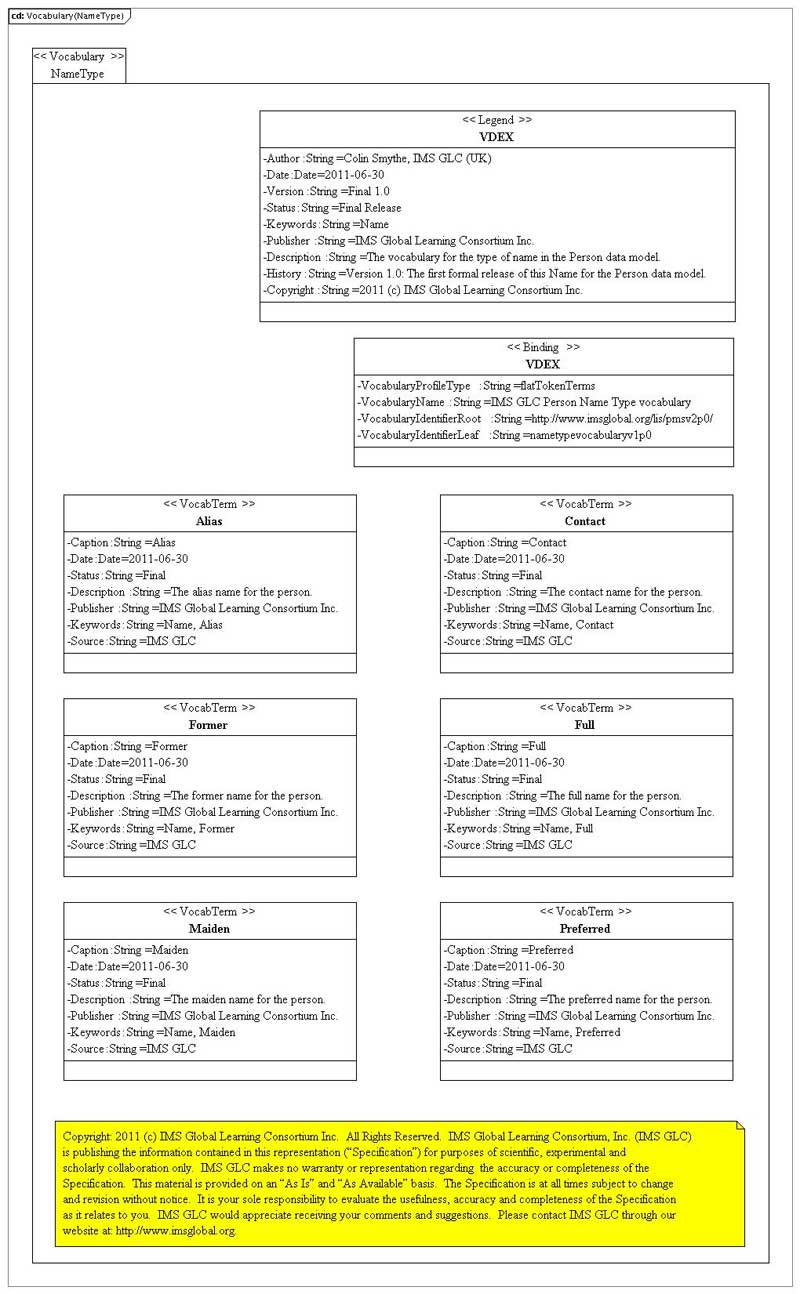
Figure 6.2 The PSM representation of the
name type vocabulary for the PMS.

Figure 6.3a The PSM representation of the
name part (1) vocabulary for the PMS.
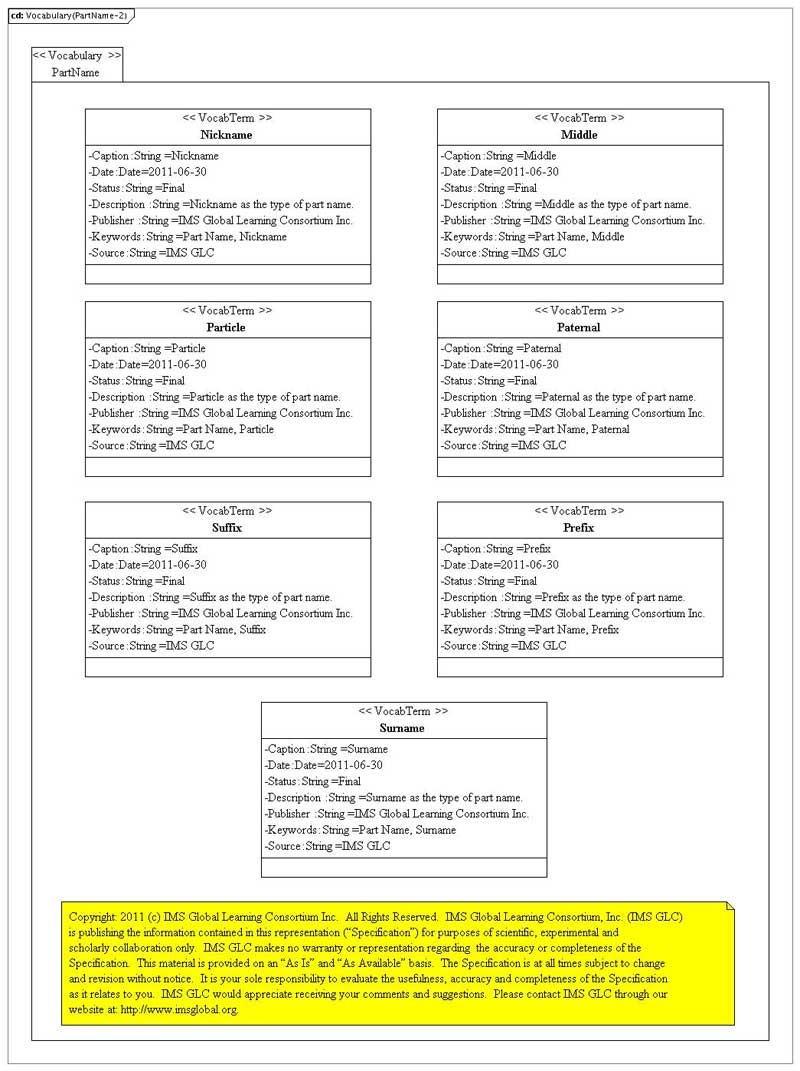
Figure 6.3b The PSM representation of the
name part (2) vocabulary for the PMS.
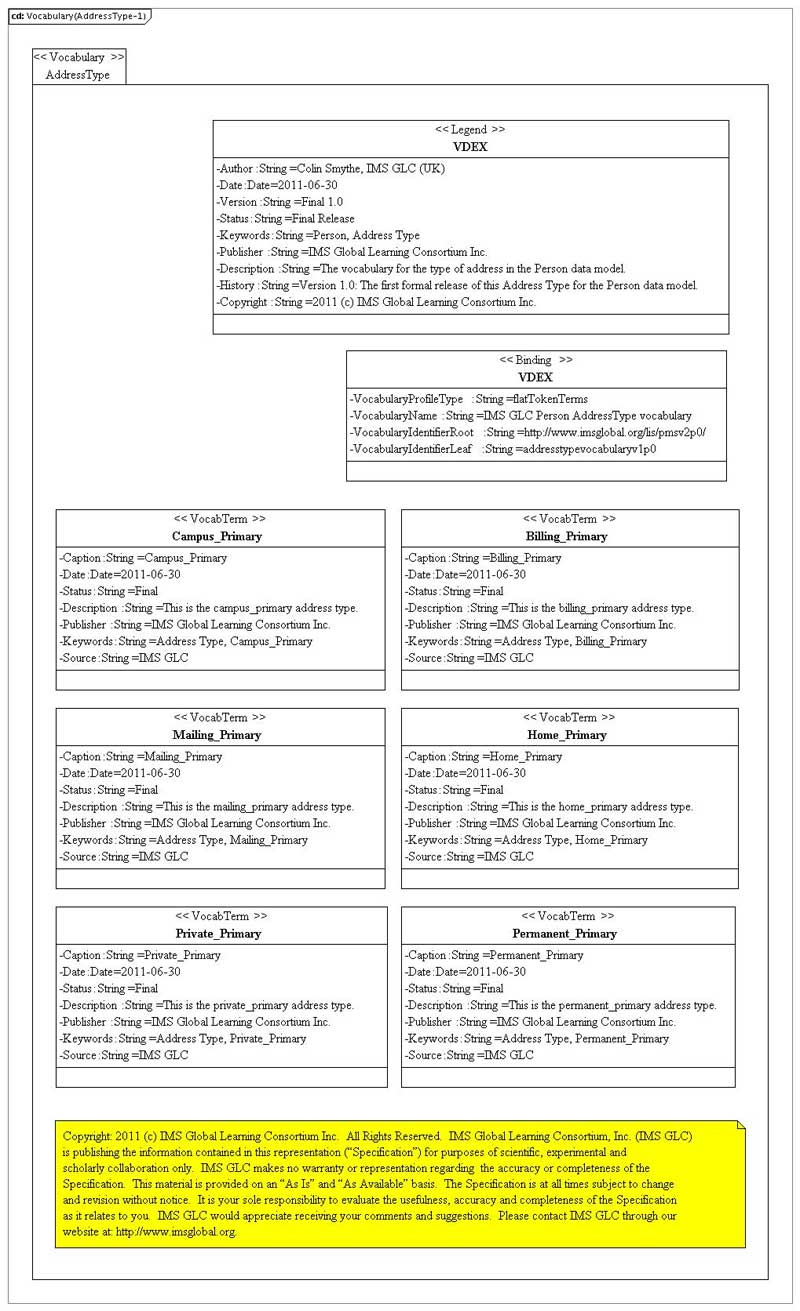
Figure 6.4a The PSM representation of the
address type (1) vocabulary for the PMS.
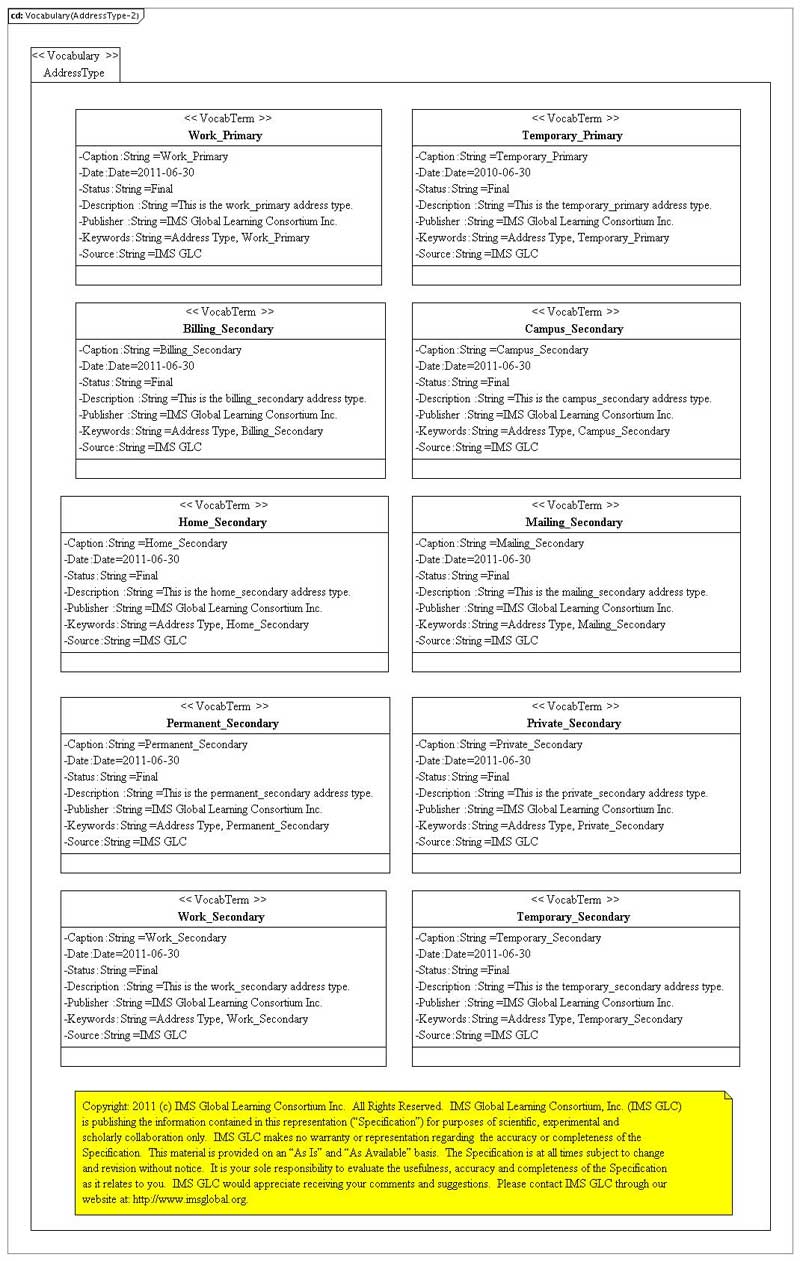
Figure 6.4b The PSM representation of the
address type (2) vocabulary for the PMS.

Figure 6.5a The PSM representation of the
address part (1) vocabulary for the PMS.
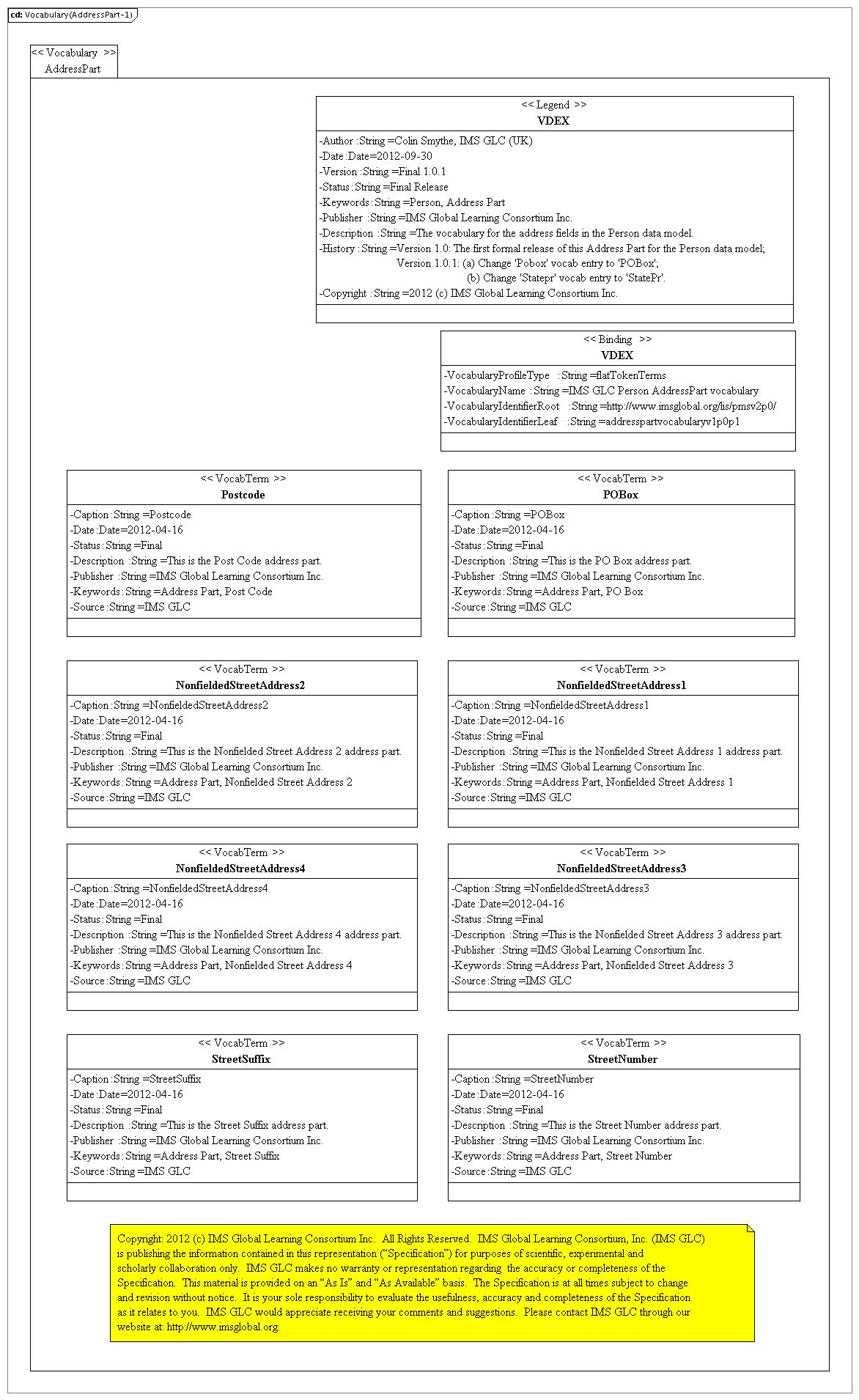
Figure 6.5b The PSM representation of the
address part (2) vocabulary for the PMS.

Figure 6.5c The PSM representation of the
address part (3) vocabulary for the PMS.

Figure 6.6a The PSM representation of the
type of contact information (1) vocabulary for the PMS.

Figure 6.6b The PSM representation of the
type of contact information (2) vocabulary for the PMS.
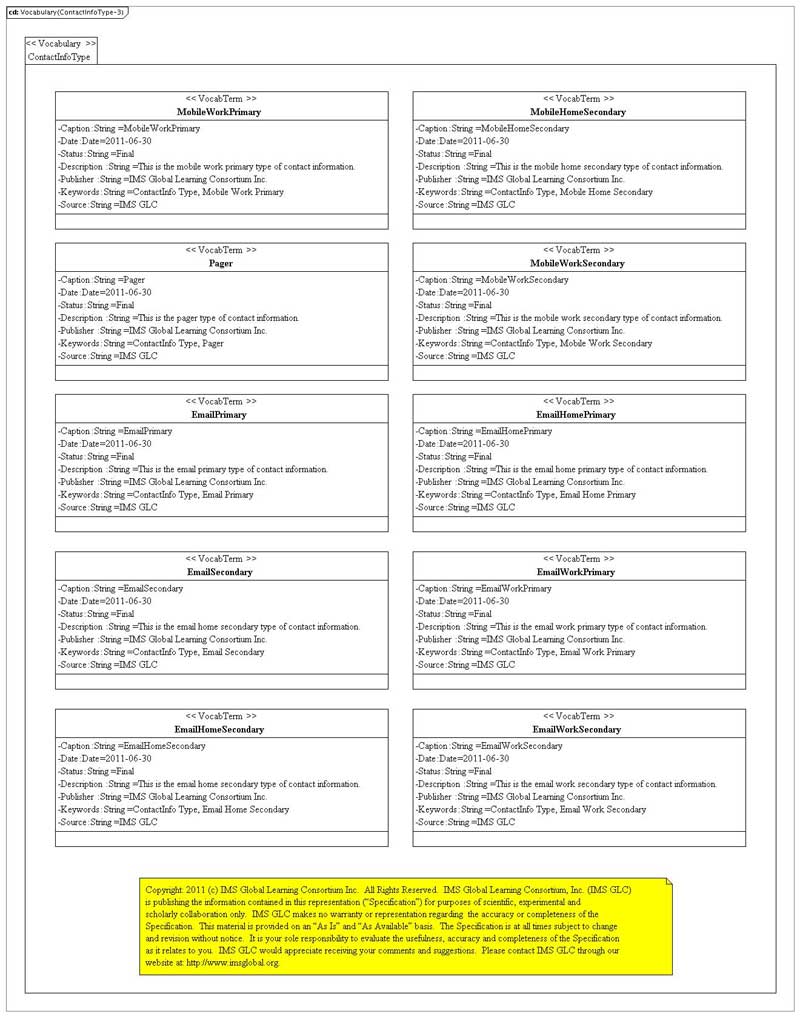
Figure 6.6c The PSM representation of the
type of contact information (3) vocabulary for the PMS.
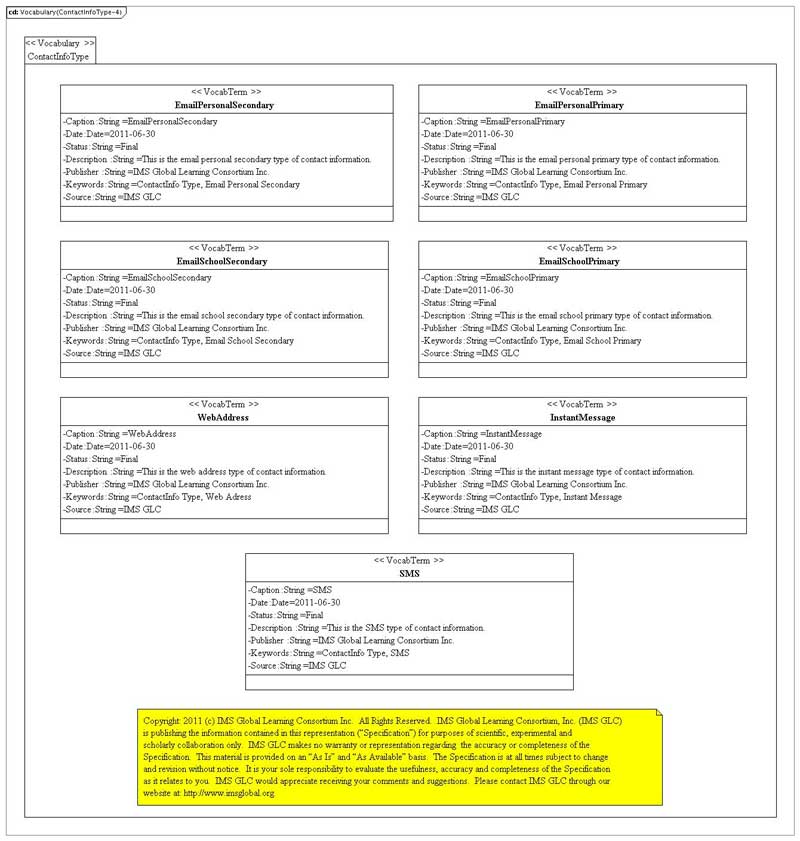
Figure 6.6d The PSM representation of the
type of contact information (4) vocabulary for the PMS.
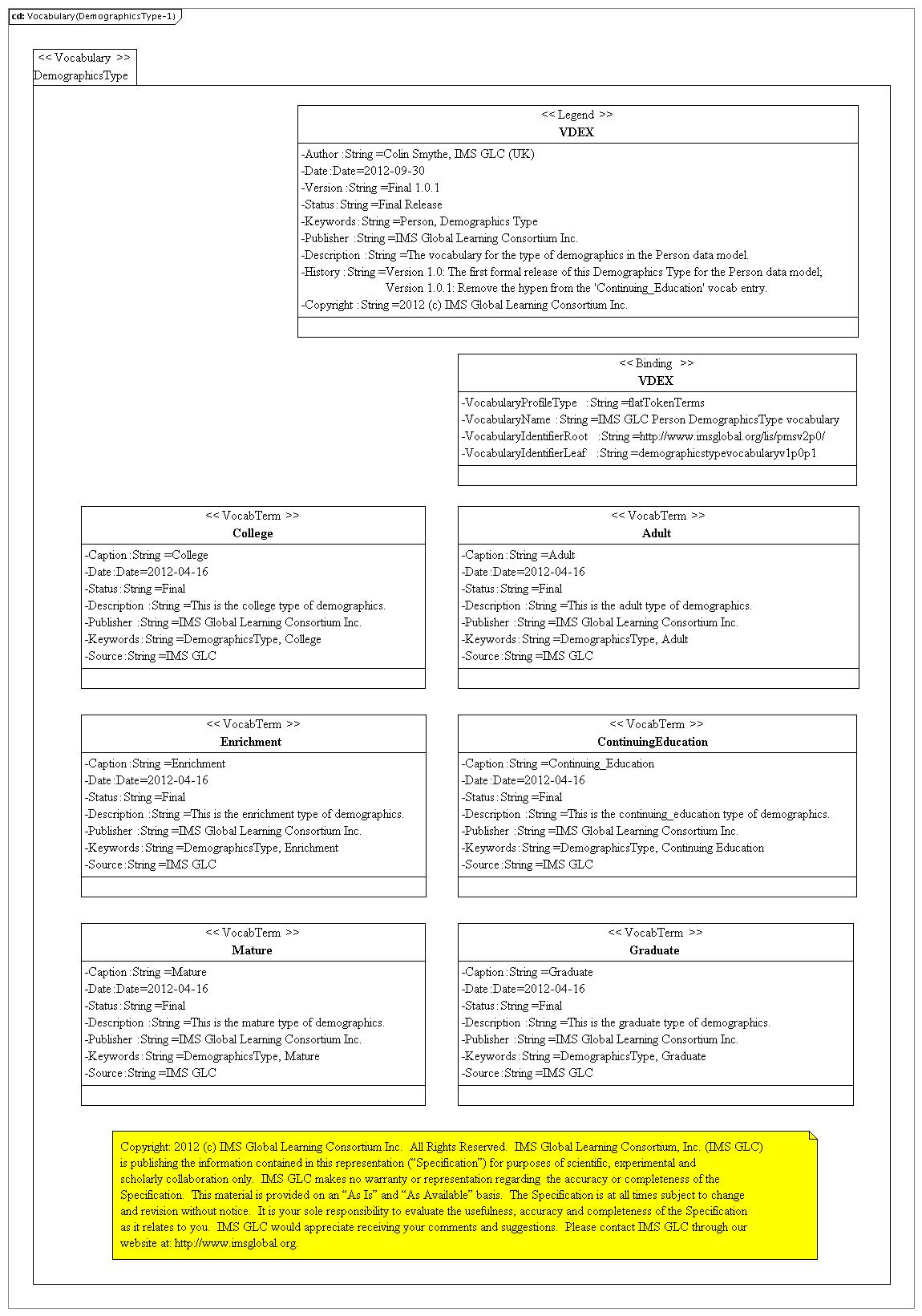
Figure 6.7a The PSM representation of the
type of demographics (1) vocabulary for the PMS.
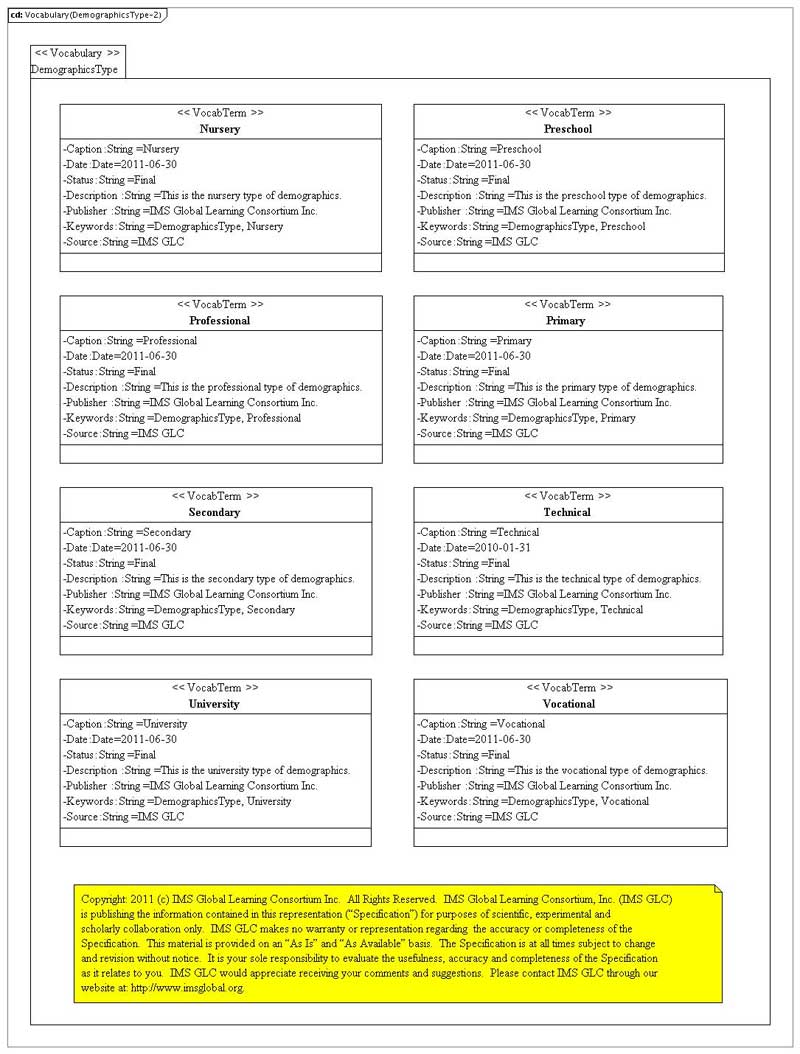
Figure 6.7b The PSM representation of the
type of demographics (2) vocabulary for the PMS.

Figure 6.7c The PSM representation of the
type of demographics (3) vocabulary for the PMS.
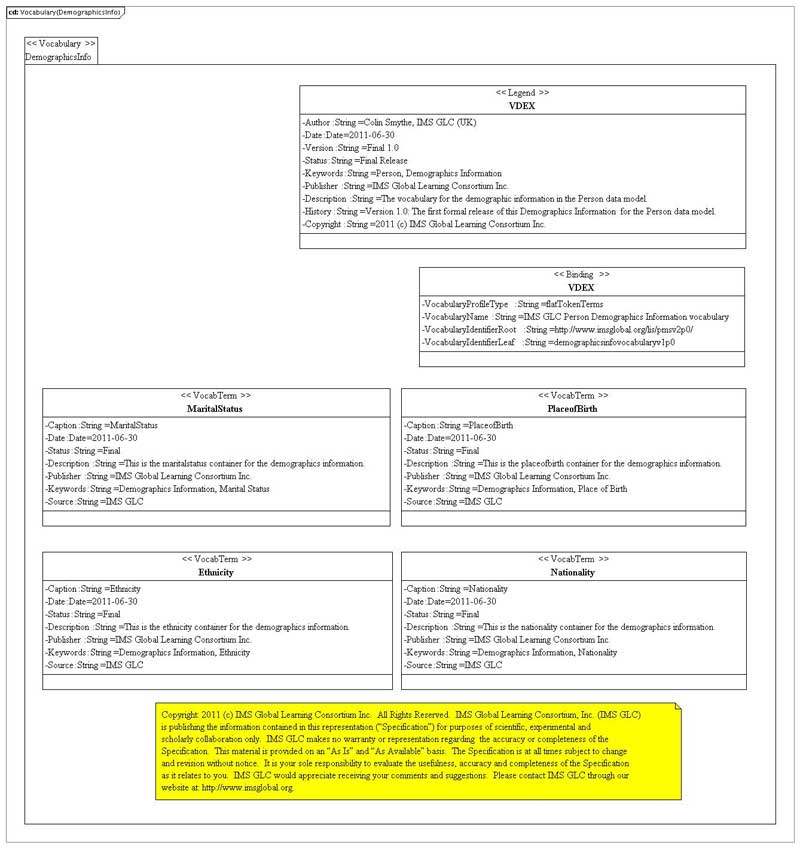
Figure 6.8 The PSM representation of the
demographics information vocabulary for the PMS.
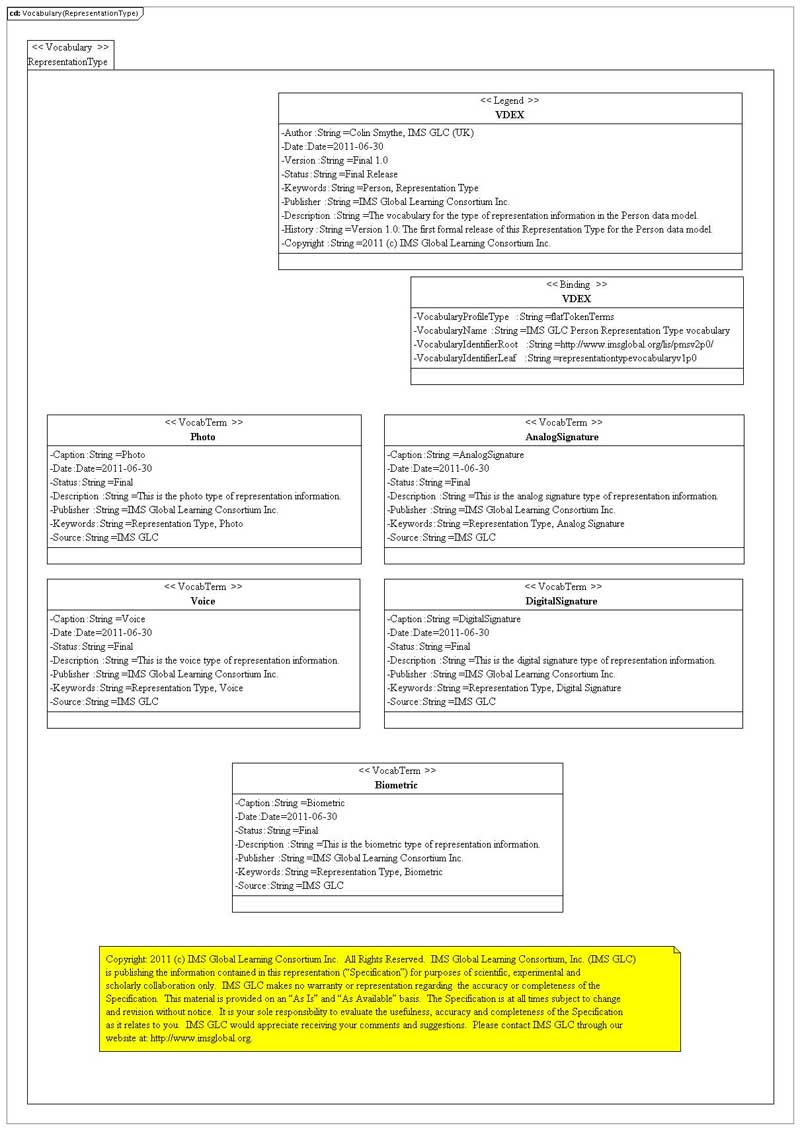
Figure 6.9 The PSM representation of the
representation information vocabulary for the PMS.
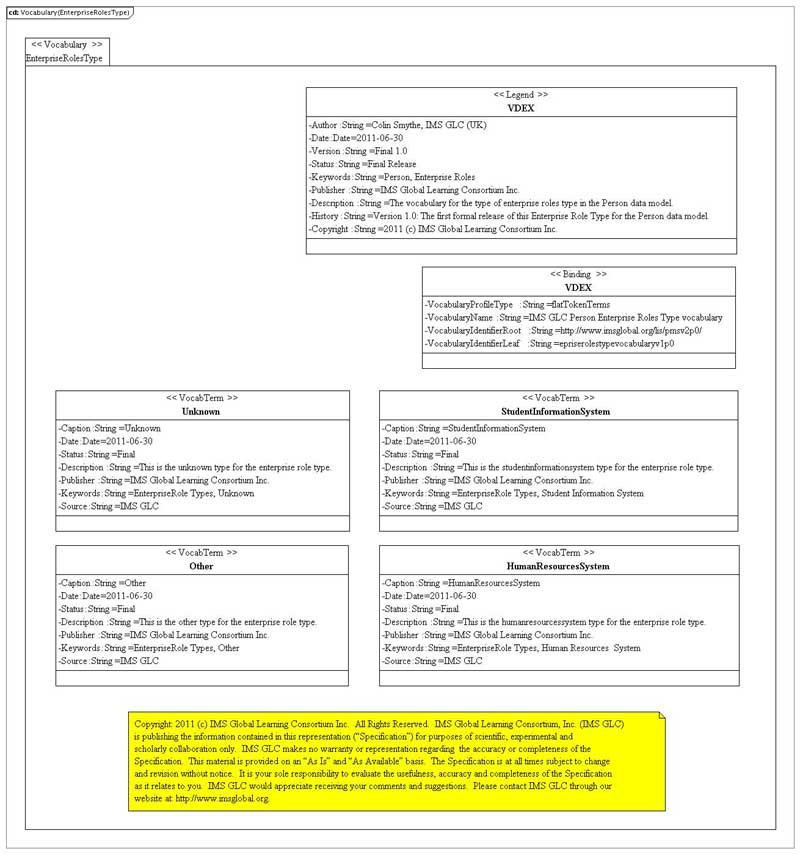
Figure 6.10 The PSM representation of the
enterprise system role vocabulary for the PMS.

Figure 6.11a The PSM representation of
the institution role (1) vocabulary for the PMS.
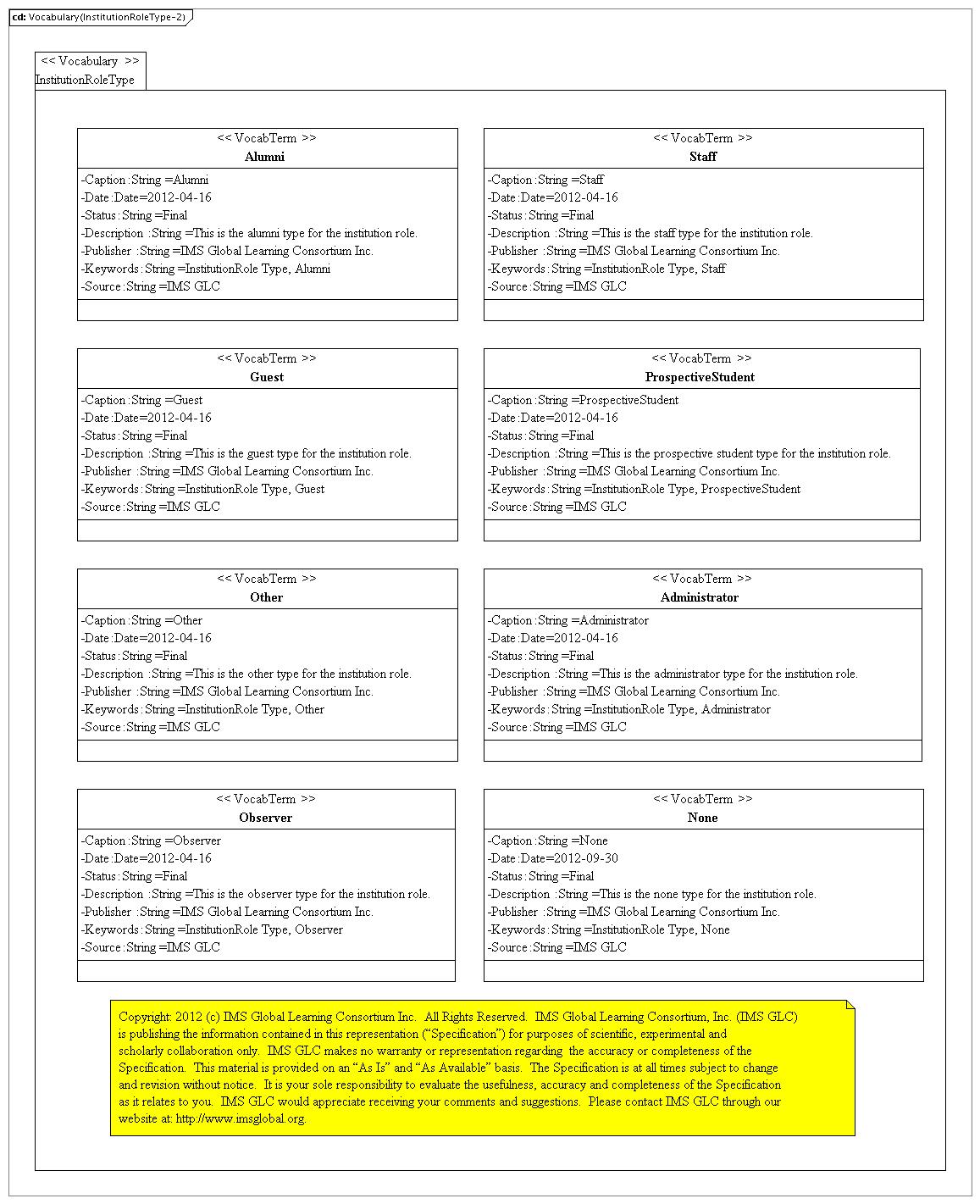
Figure 6.11b The PSM representation of
the institution role (2) vocabulary for the PMS.
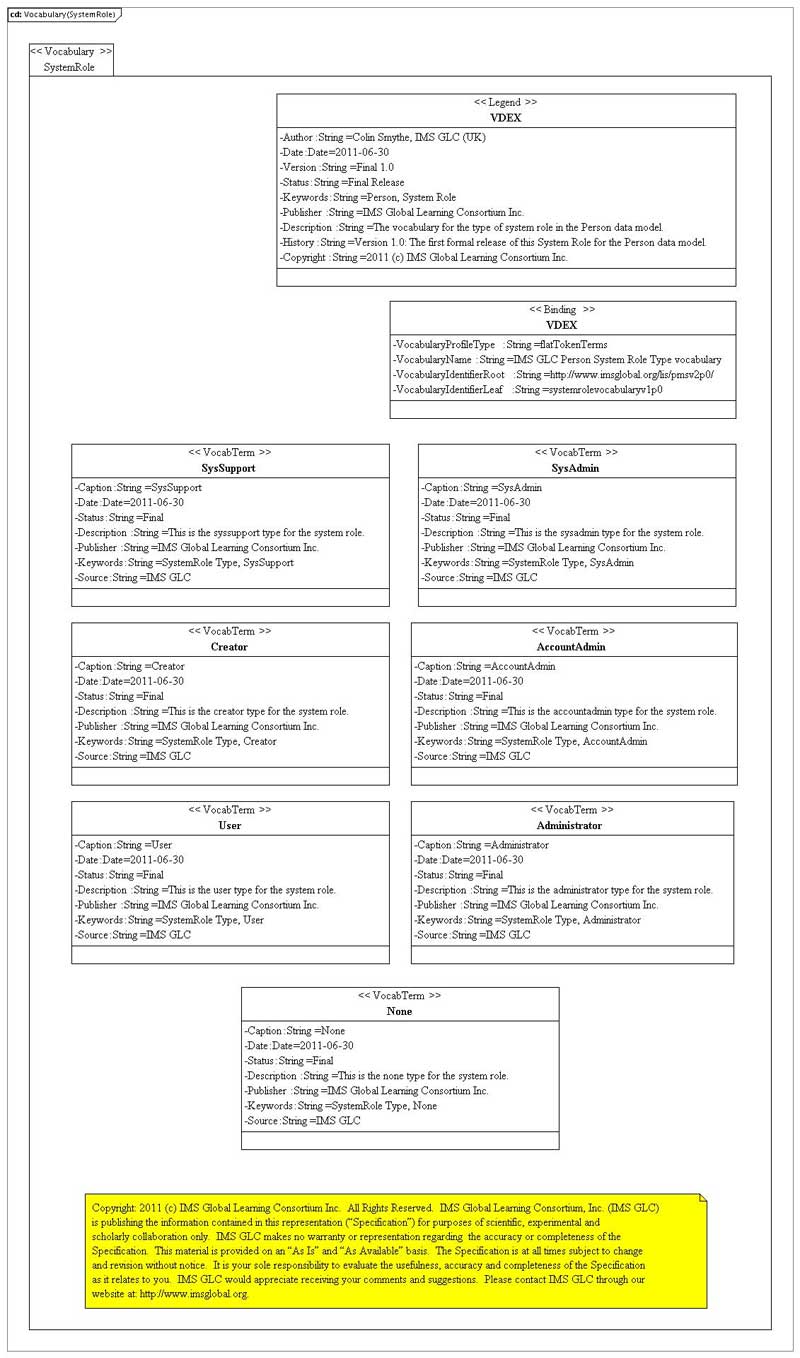
Figure 6.12 The PSM representation of the
system role vocabulary for the PMS.
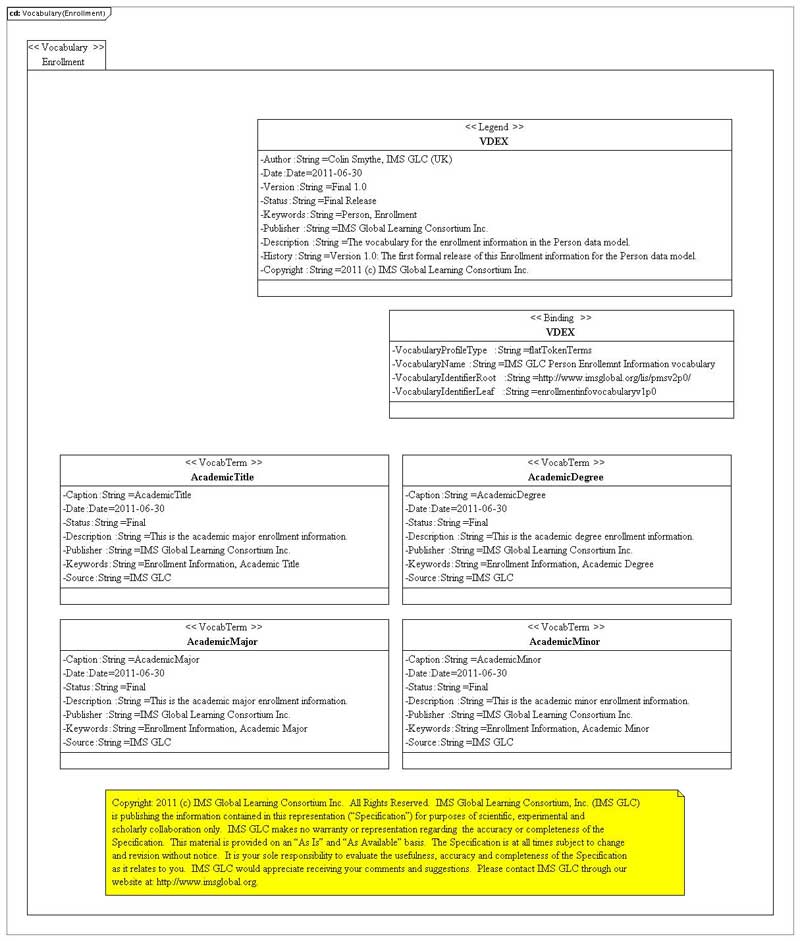
Figure 6.13 The PSM representation of the
enrollment vocabulary for the PMS.

Figure 6.14 The PSM representation of the
type of agent vocabulary for the PMS.
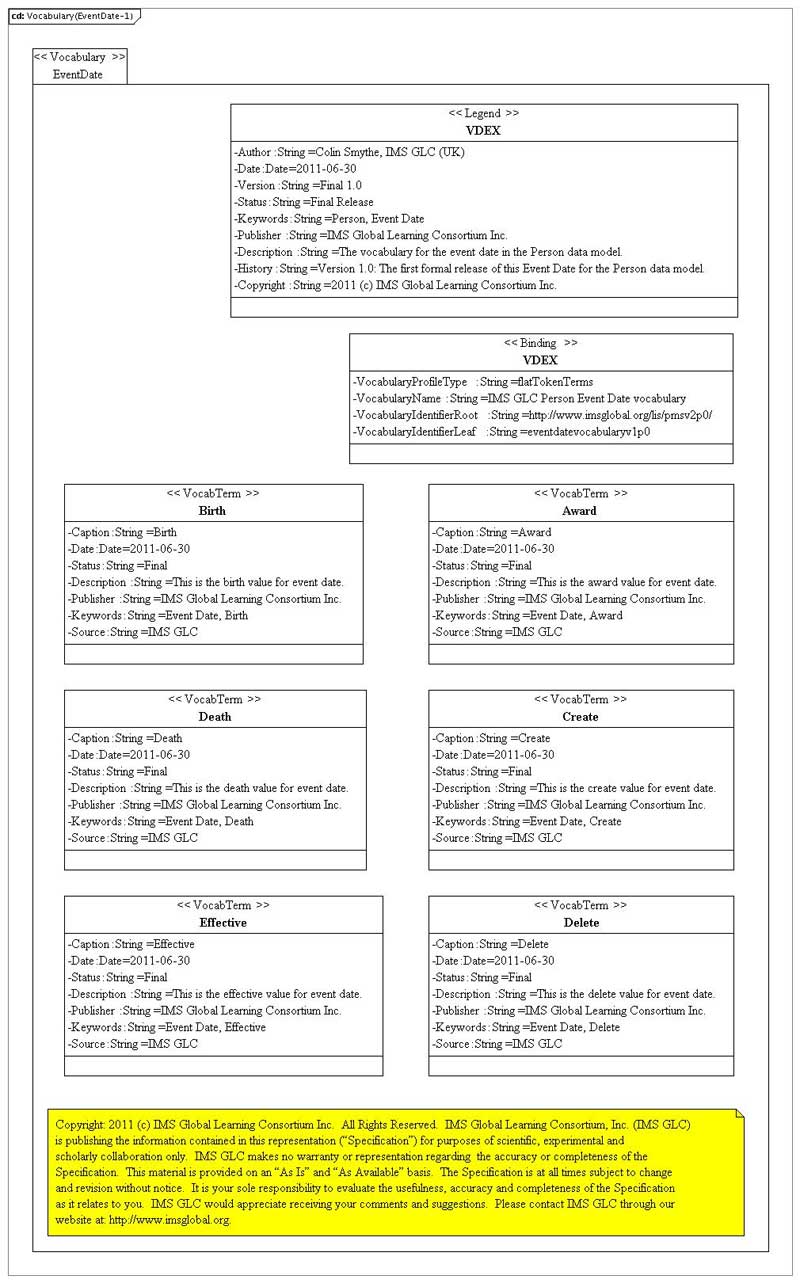
Figure 6.15a The PSM representation of
the type of event date (1) vocabulary for the PMS.
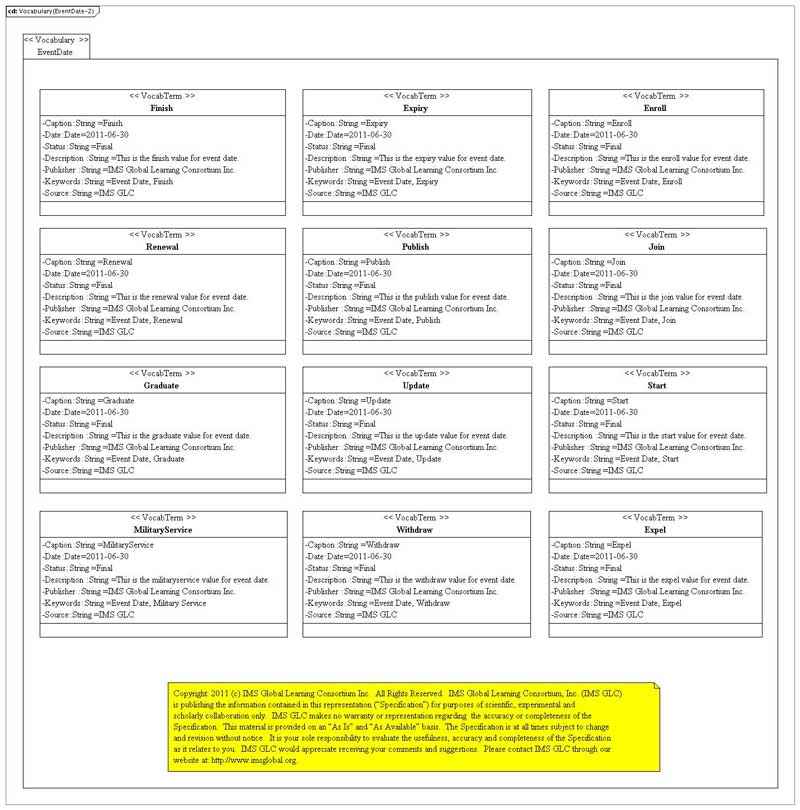
Figure 6.15b The PSM representation of
the type of event date (2) vocabulary for the PMS.

Figure 6.16 The PSM representation of the
extension data-type vocabulary for the PMS.
The WSDL
bindings are for a Synchronous SOAP implementation only. The WSDL files,
expressed using WSDLv1.1, are:
These files
were generated by the I-BATv0.9.5 tool using the PSM representation described
in Section 2.
The XSD files
are:
This file was
generated by the I-BATv0.9.5 tool using the PSM representation described in Section 2. Documentation of the XSDs is supplied in Section 5.
The PMS
vocabularies are:
The online
versions of these vocabularies are available in the directory:
http://www.imsglobal.org/vdex/lis/pmsv2p0. These vocabularies are expressed as
instances of the IMS Global Vocabulary Data Exchange (VDEX) v1.0 specification.
Documentation of the vocabulary is supplied in Section
6.
The set of
examples for the SOAP messages are listed in Table D.1. The messaging pattern
is a Request/Response exchange to support the Synchronous Service definition.
Table
D.1 The set of SOAP message examples for each operation.
|
Operation Name |
Input (Request) SOAP
Message |
Output (Response) SOAP
Message |
|
createPerson |
||
|
createByProxyPerson |
||
|
deletePerson |
||
|
readPerson |
||
|
readPersonCore |
||
|
readAllPersonIds |
||
|
readPersonIdsFromSavePoint |
||
|
readPersons |
||
|
readPersonsFromSavePoint |
||
|
updatePerson |
||
|
replacePerson |
||
|
discoverPersonIds |
||
|
changePersonIdentifier |
|
Title |
IMS Global Person Management Service WSDL/XSD Binding |
|
Editor |
Colin Smythe (IMS Global) |
|
Co-Chairs |
Linda Feng (Oracle), Bill Lee (Desire2learn) |
|
Version |
2.0.1 |
|
Version Date |
30 September 2013 |
|
Status |
Final Release |
|
Summary |
This document contains the description of the IMS Global Person
Management Service v2.0.1 WSDL/XSD binding. This service is used to exchange
information about Persons. The business transactions include the simple
create, read, update and delete of the Person data model for a single
instance. This document contains the definition of the corresponding Web
Service based upon SOAP/HTTP messaging. |
|
Revision Information |
This version supersedes the IMS Global Person Management Service
v1.0 specification. |
|
Purpose |
This document is made available for adoption by the public
community at large. |
|
Document Location |
The following
individuals contributed to the development of this document:
|
Name |
Organization |
|
Kerry Blinco |
DEEWR ( |
|
Kirk Bunte |
SungardHE ( |
|
Angus Chan |
Desire2learn ( |
|
Adam Cooper |
JISC ( |
|
Michael De Ridder |
Desire2Learn ( |
|
Michael Feldstein |
Cengage ( |
|
Linda Feng |
Oracle ( |
|
John Fontaine |
Blackboard ( |
|
Chris Hatton |
Pearson ( |
|
Karen Kuffner |
|
|
Zack Leavitt |
eCollege ( |
|
Bill Lee |
Desire2learn ( |
|
Richard Moon |
SungardHE ( |
|
Phil Nicholls |
Psydev Ltd ( |
|
Mike Parkhill |
Desire2learn ( |
|
Colin Smythe |
IMS Global Learning Consortium, Inc. |
|
Reinhold Staudinger |
Blackboard ( |
|
Version No. |
Release Date |
Comments |
|
PMS Final Release 2.0 |
30 June 2011 |
The first formal release of the Final Release version of this
document. |
|
PMS Final Release 2.0.1 |
30 September 2013 |
Corrections |
|
|
|
|
IMS
Global Learning Consortium, Inc. (“IMS Global”) is publishing the information
containedin this document (“Specification”) for purposes of scientific,
experimental, and scholarly collaboration only.
IMS Global makes no warranty or representation
regarding the accuracy or completeness of theSpecification.
This material is provided on an “As Is” and “As
Available” basis.
The Specification is at all times subject to
change and revision without notice.
It is your sole responsibility to evaluate the
usefulness, accuracy, and completeness of the Specification as it relates to
you.
IMS Global would appreciate receiving your comments
and suggestions.
Please contact IMS Global through our website at http://www.imsglobal.org.
Please refer to Document Name: IMS Global PMS v2.0.1
WSDL/XSD Binding Final Release
Date: 30 September 2013.